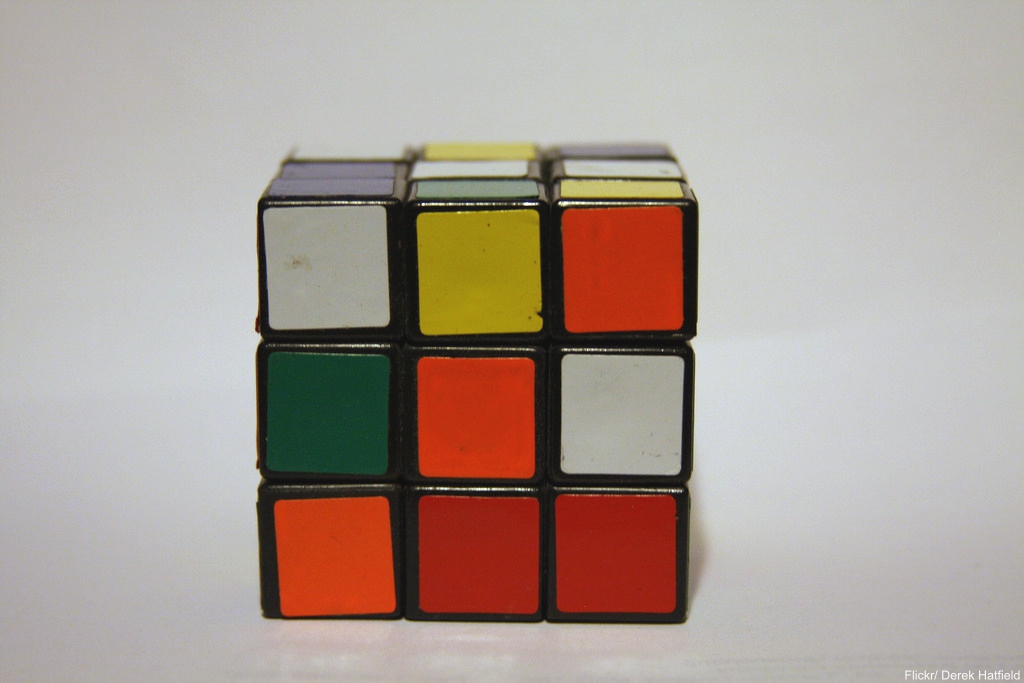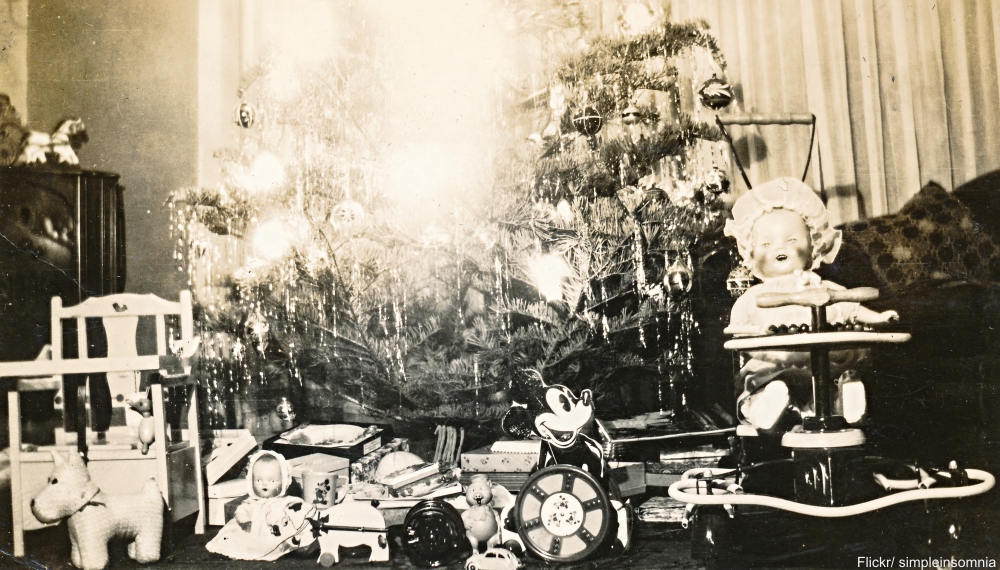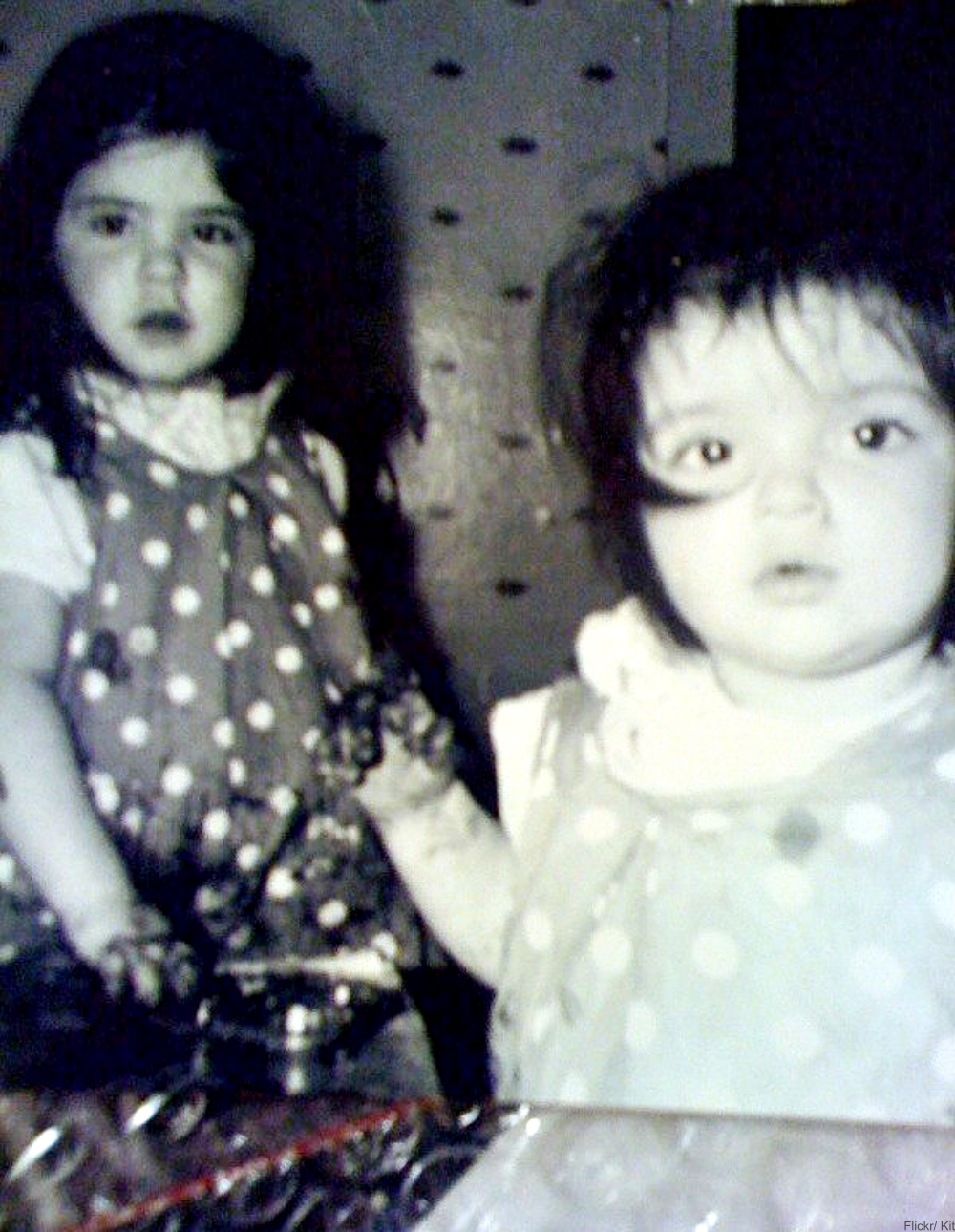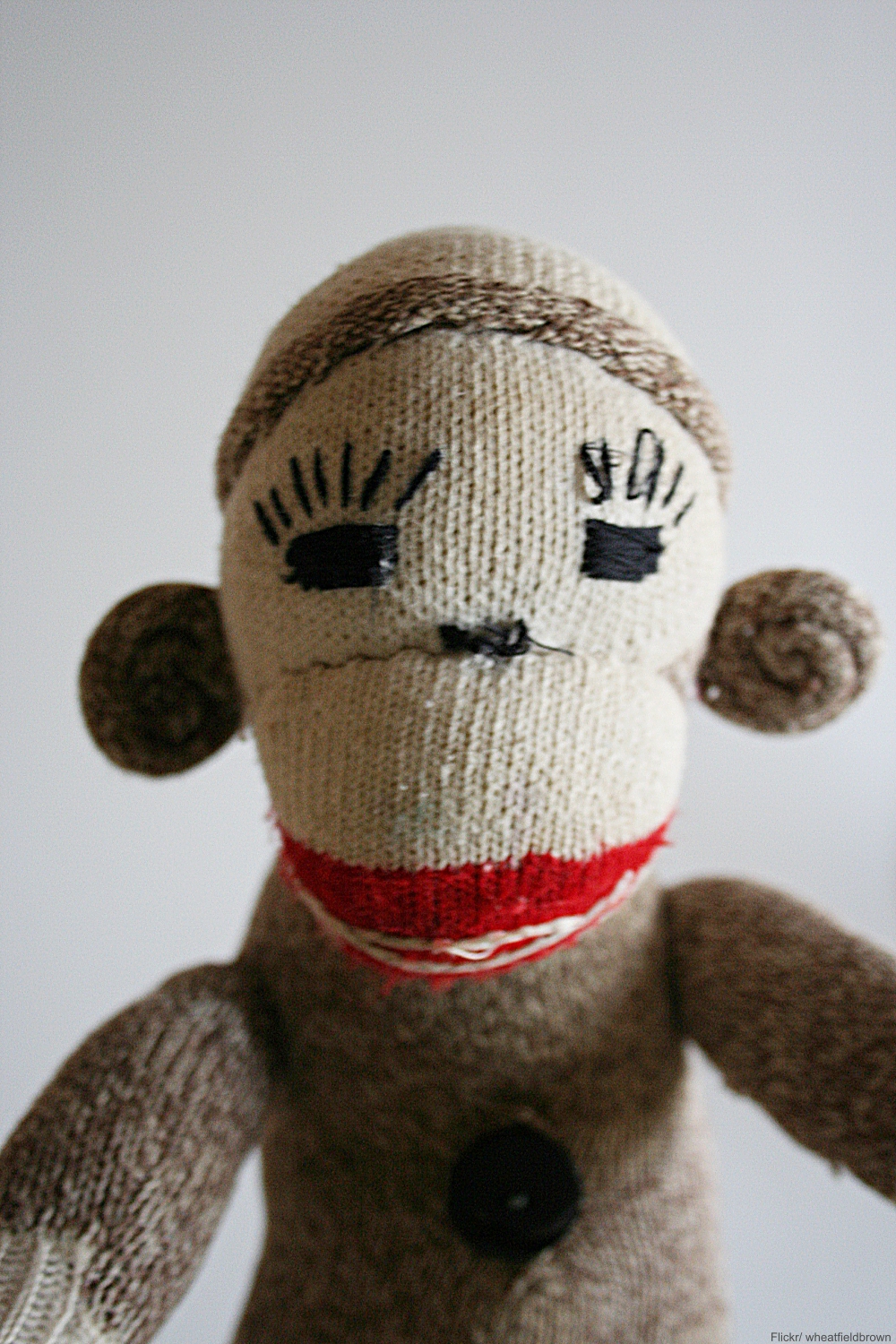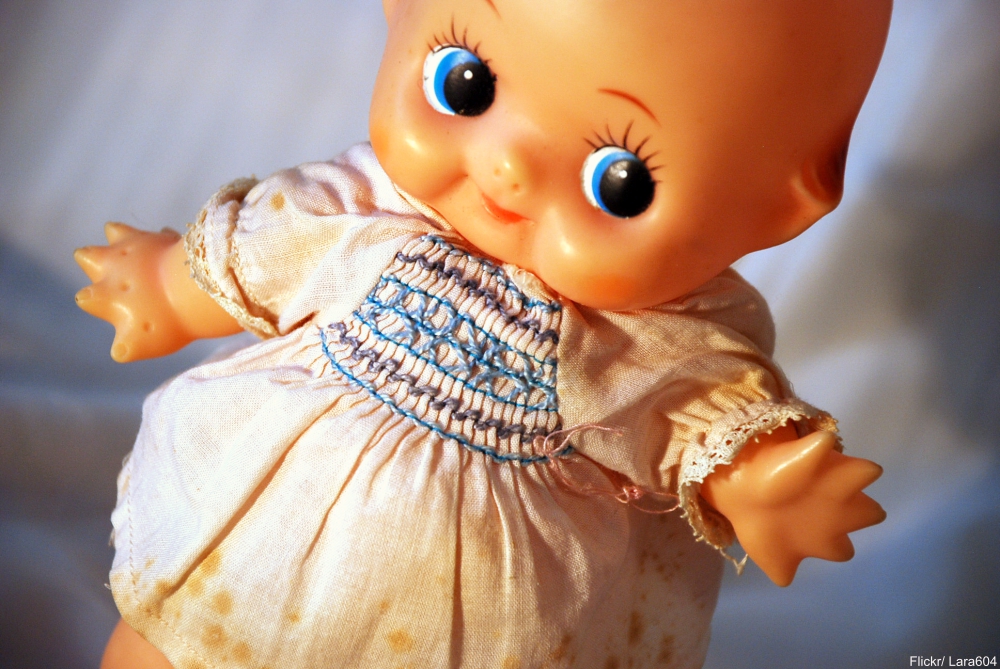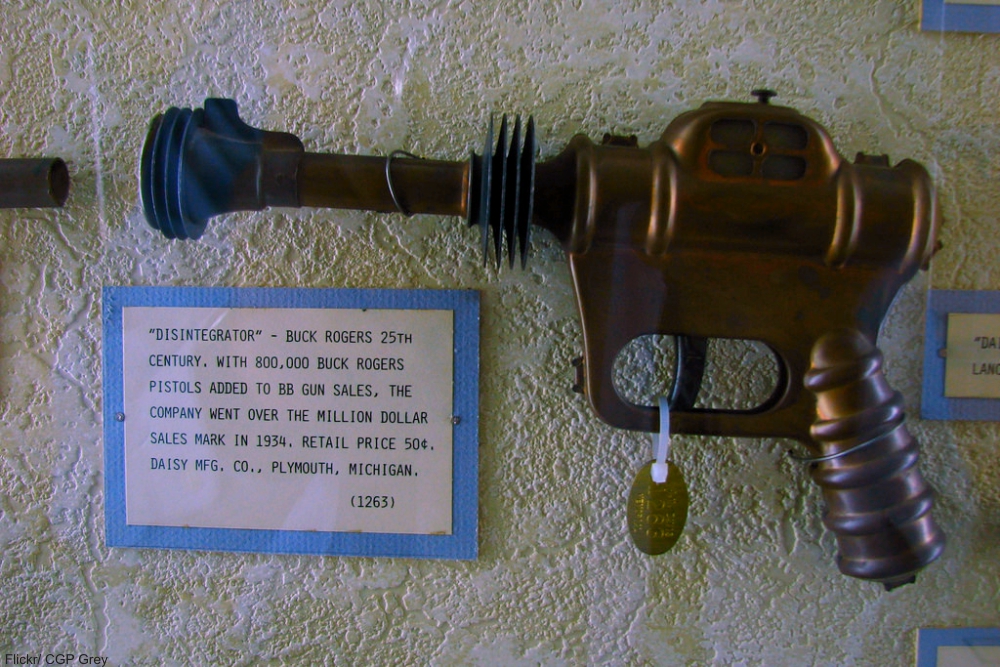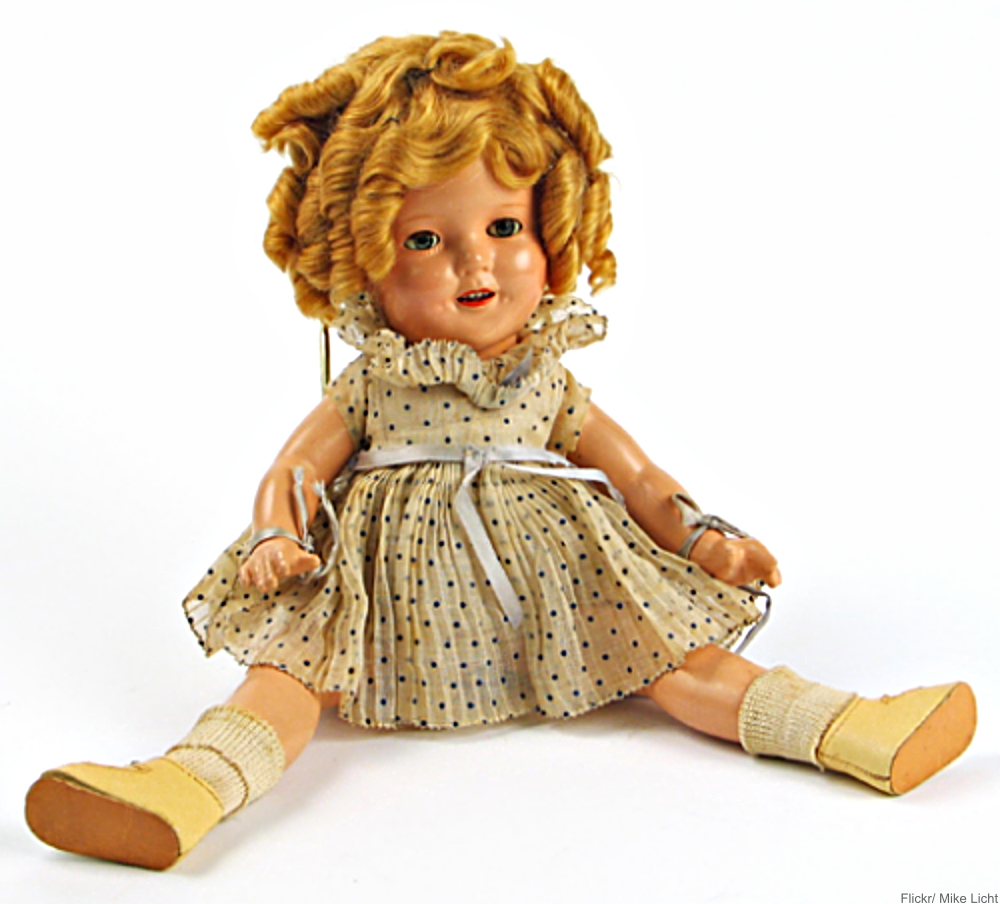1936 Balsa Wood Model Sets
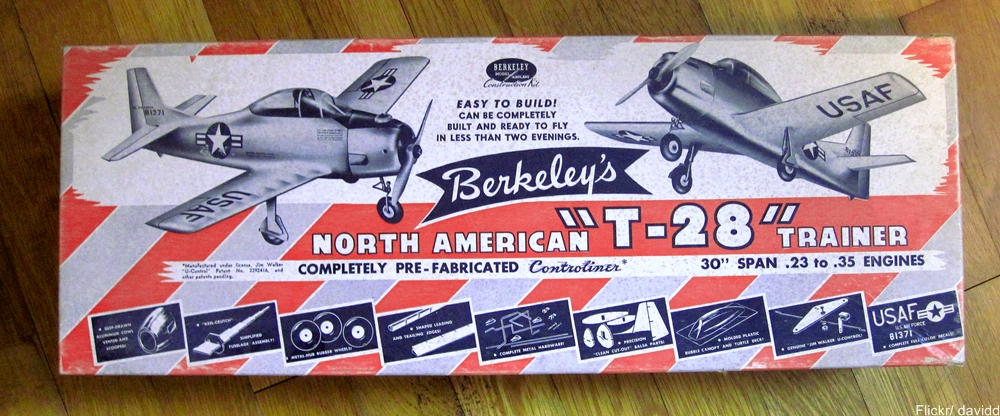
Balsa wood model kits were cheap to produce and this was a bonus for many families. Models continued to be popular, but in later years were often made of plastic or metal. This kit contains a mixture of metal and balsa pieces.
1937 Pedal Cars
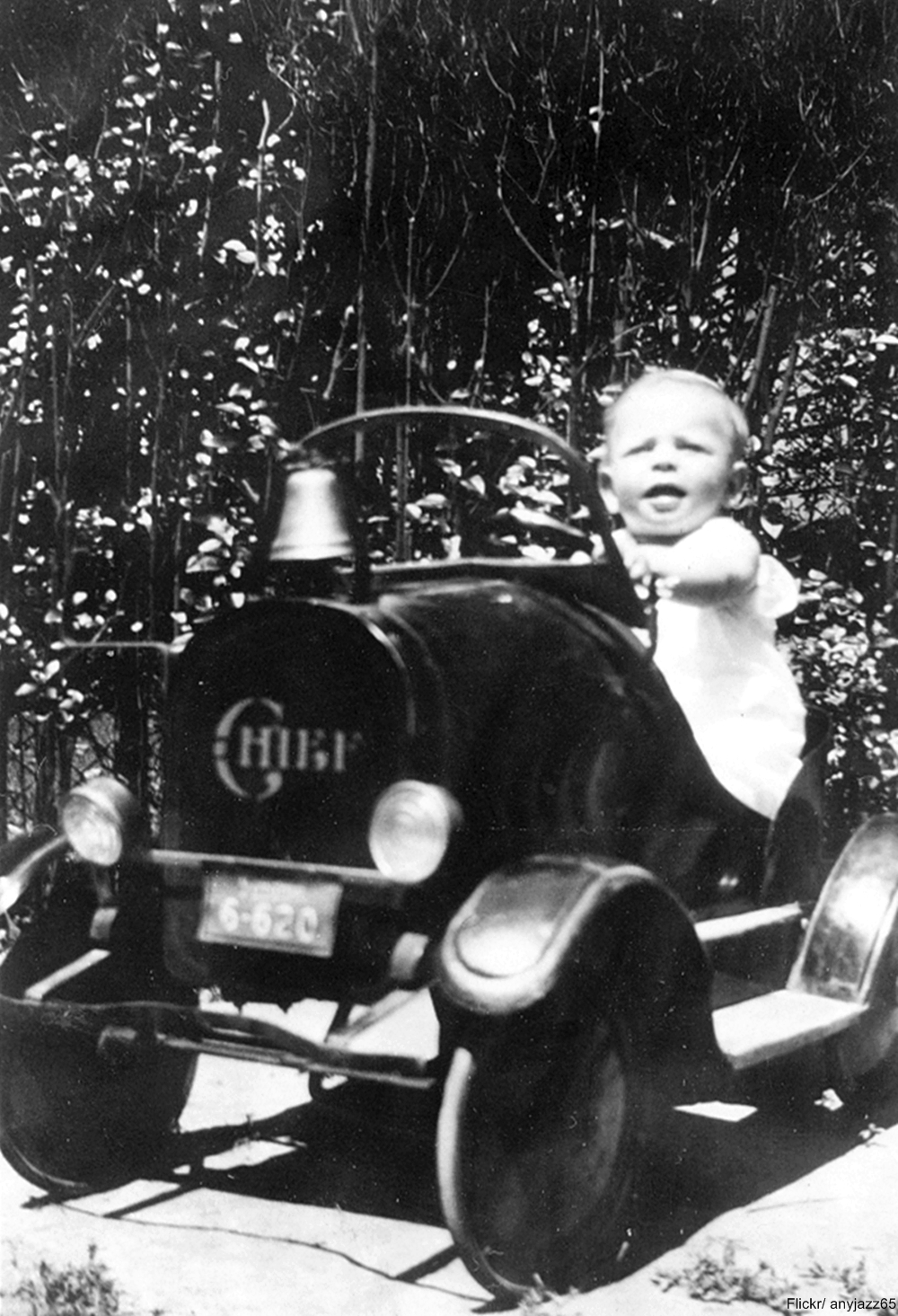
A pedal car in 1937 would have cost a family about $15, which in today’s money would have been about $250. An extravagant gift even by today’s standards, pedal cars were most popular during the interwar period and were prominently featured in Sears catalogs every year during the Great Depression. The shortage of metal during WWII did more to harm sales than did the overall poverty of the Dust Bowl years.
1938 Red Ryder BB Gun
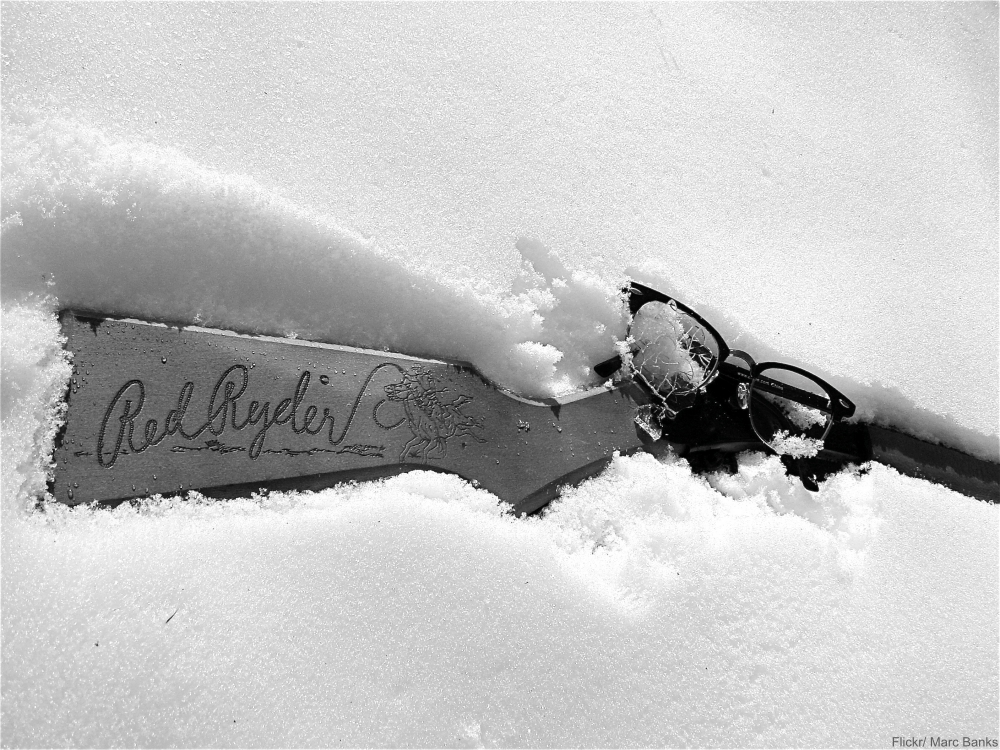
1939 Beach Ball
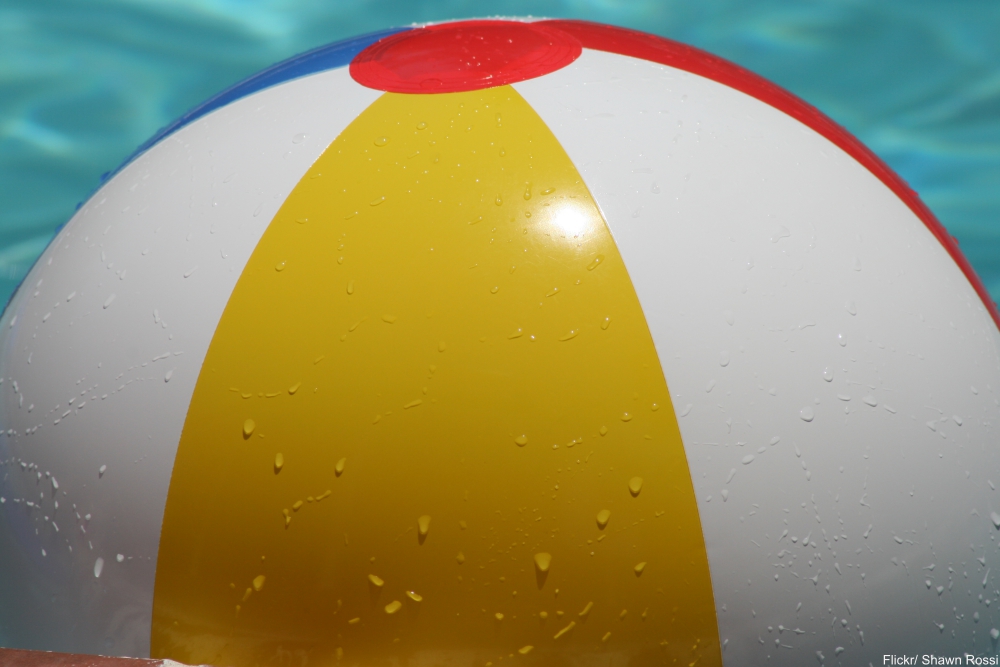
New innovations during the ’30s and during WWII meant that many new designs were being applied to children’s toys. However, in many cases the materials simply weren’t there. Metals and plastics were being used in the war effort and many new toys created during this time did not begin production until well after the war. It was a simpler time of pastel books, bright red fire engines, and a return to the homemade toys of the Great Depression.
1940 Bubble Wand
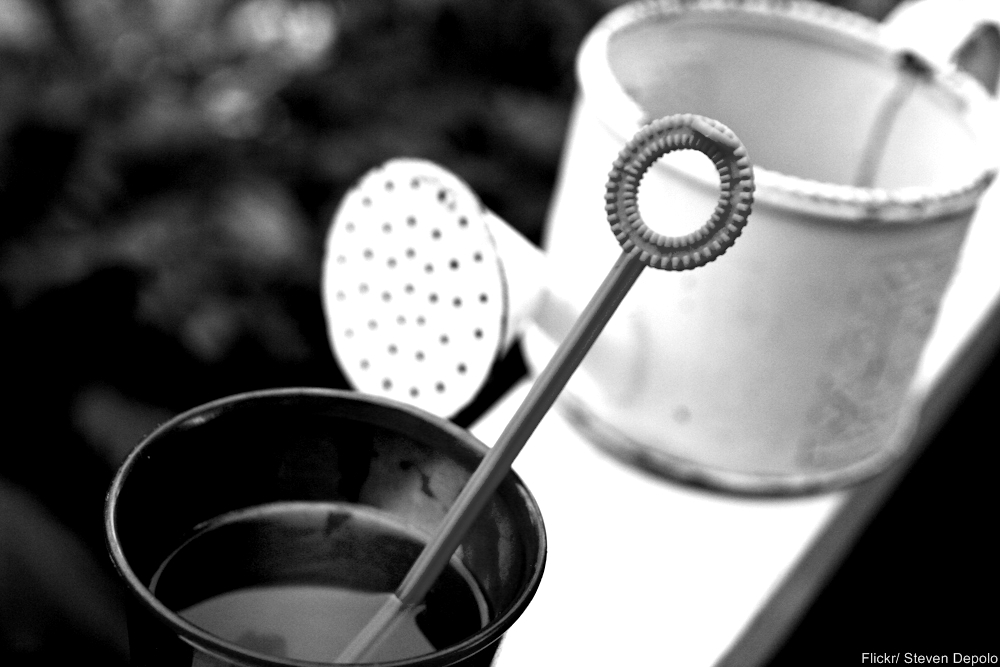
1941 Tinkertoys
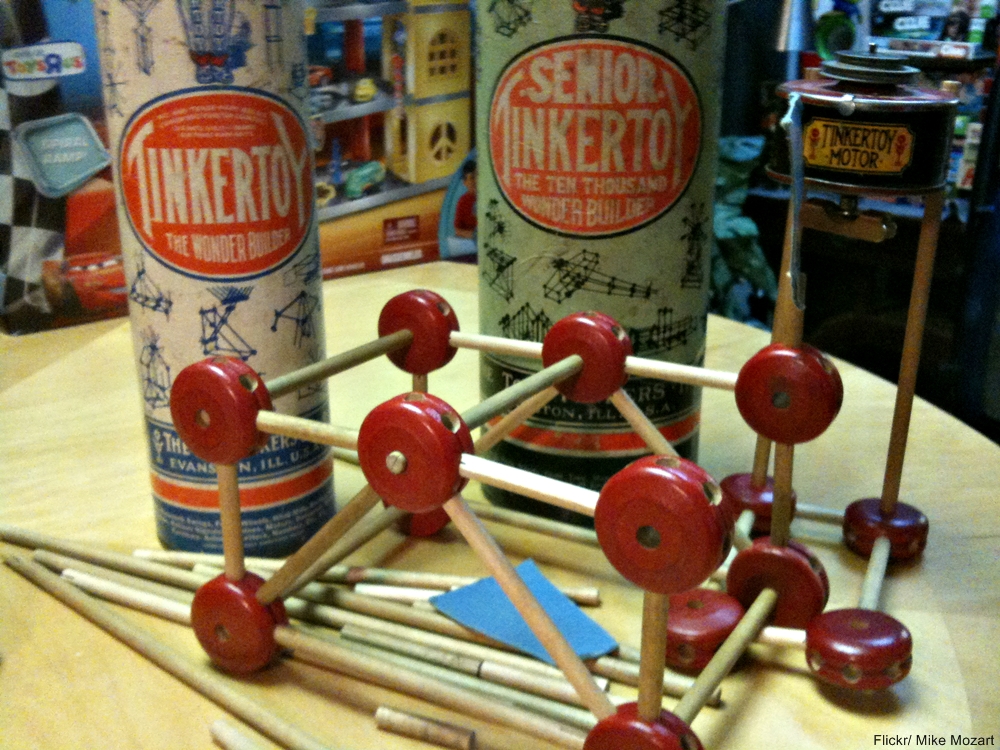
1942 Little Golden Books
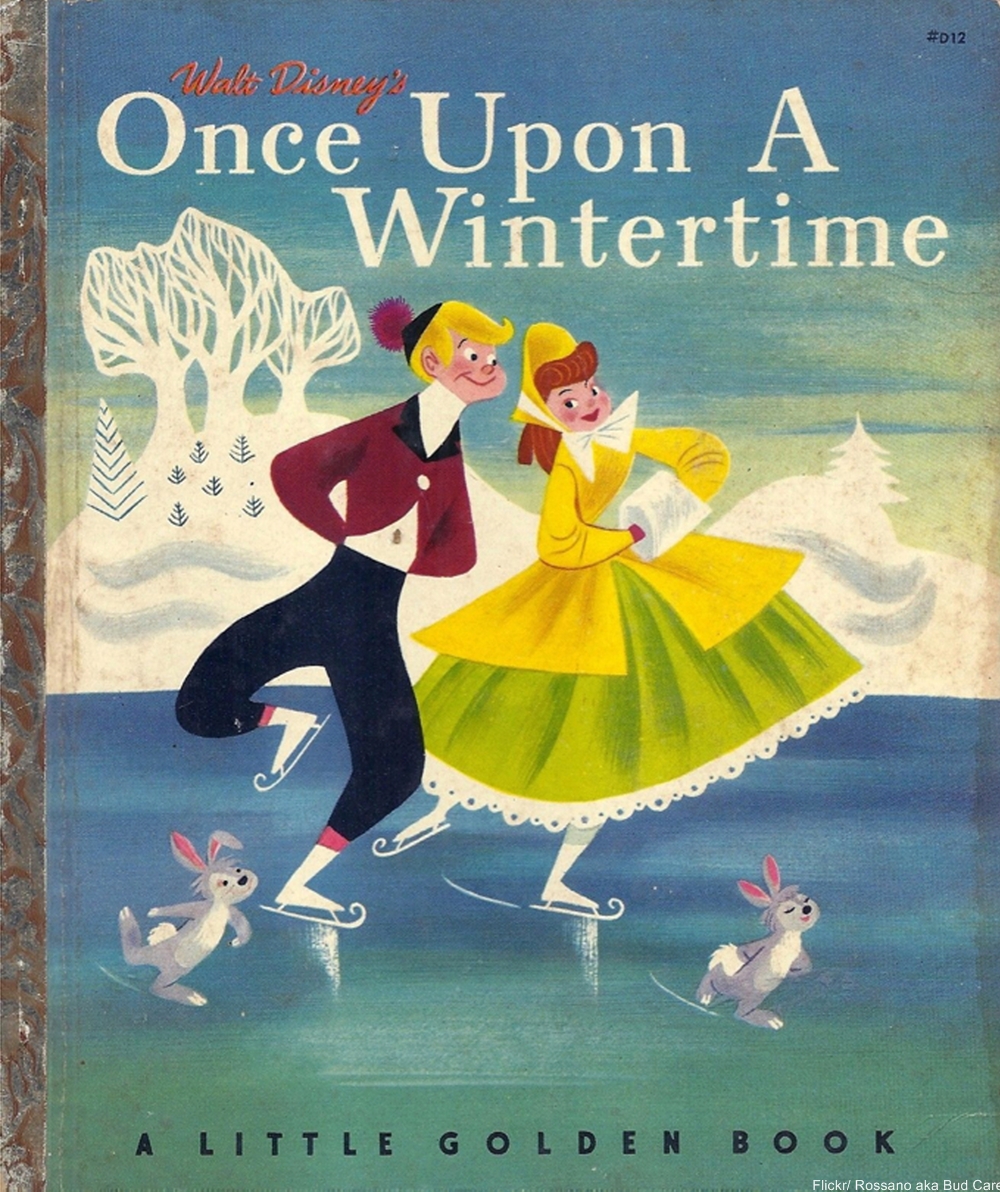
1943 Pull Toy
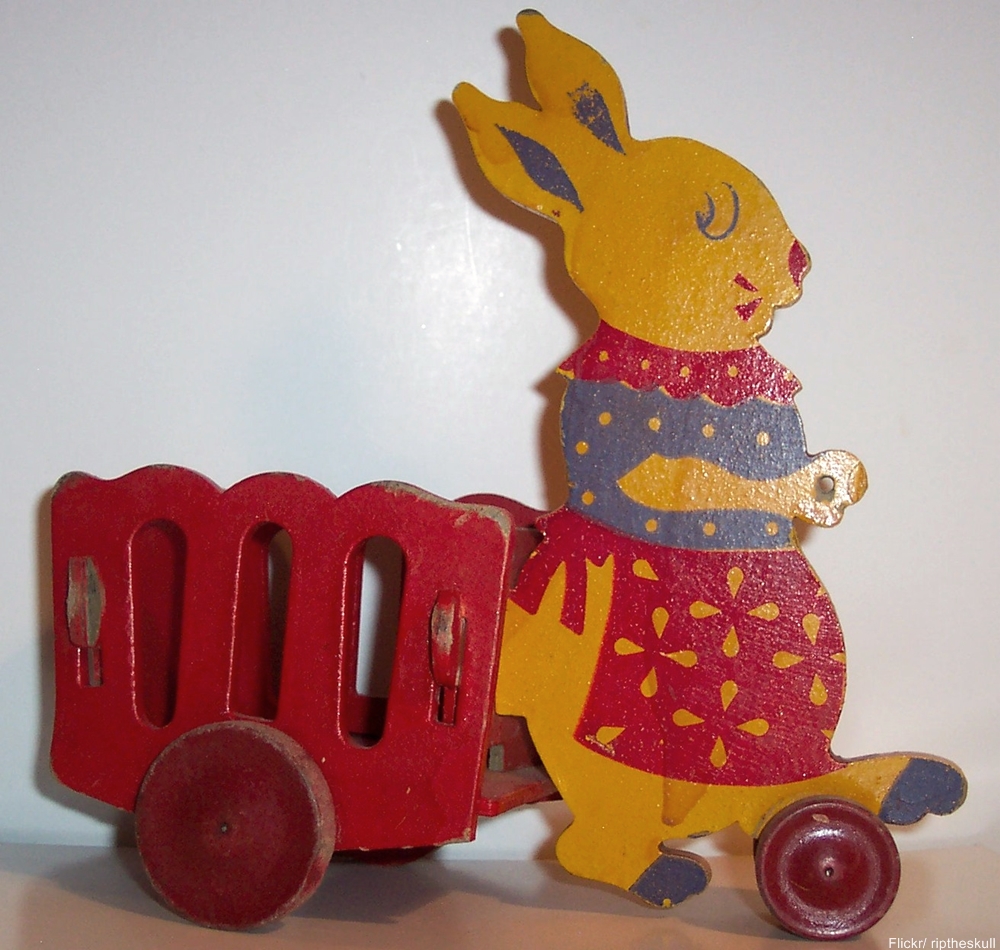
As during the Great Depression, inexpensive or homemade toys once again became popular during WWII. Pull toys made of wood were cheaper than other kinds of toys and could be made at home, though they were consistently on offer from retailers year after year.
1944 Army Toys
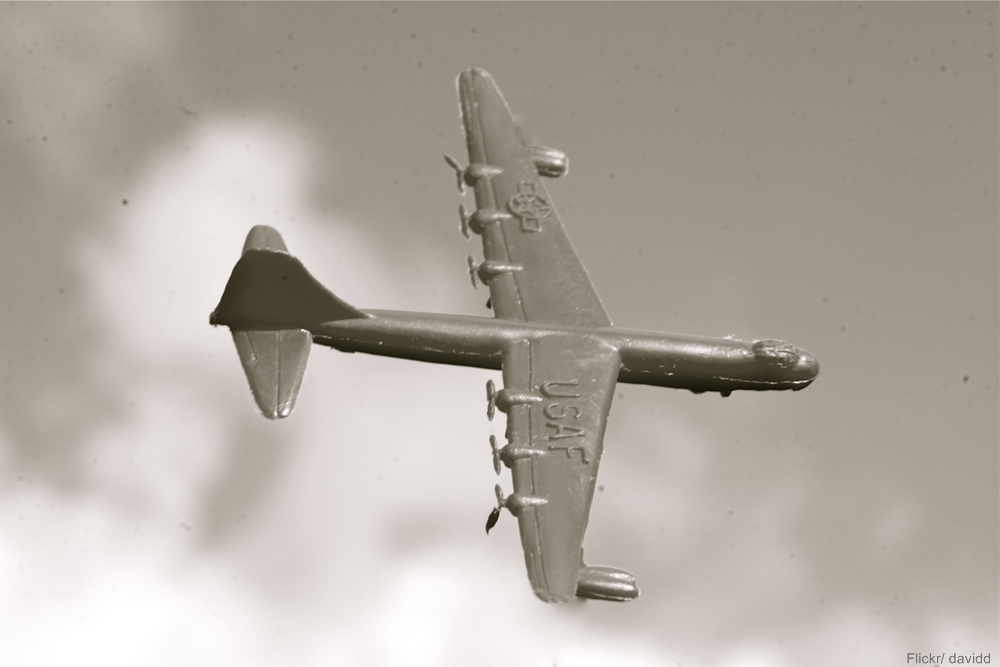
1945 Slinky
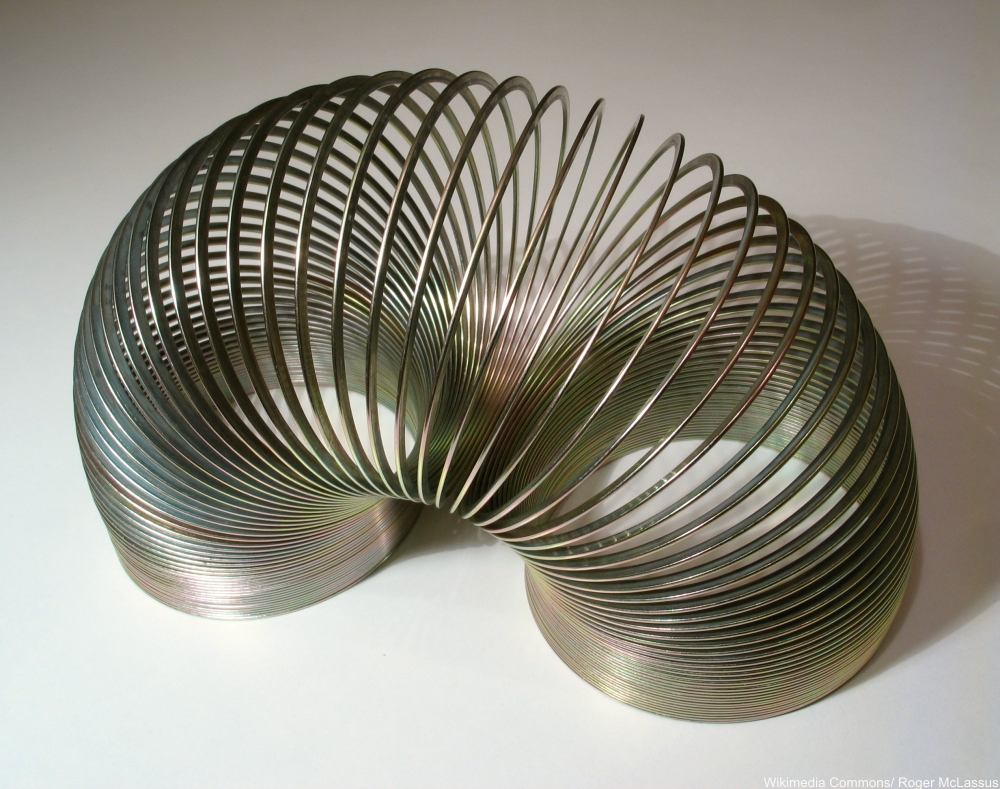
1946 Pennytoys

These metal toys, often vehicles, were often made in the US Zone of Germany or in Occupied Japan. Calling on a long tradition of metal toys, these often had bright paint and some of them were wind-up. With the war over, a flood of inexpensive metal toys saturated the market.
1947 Toy Instruments
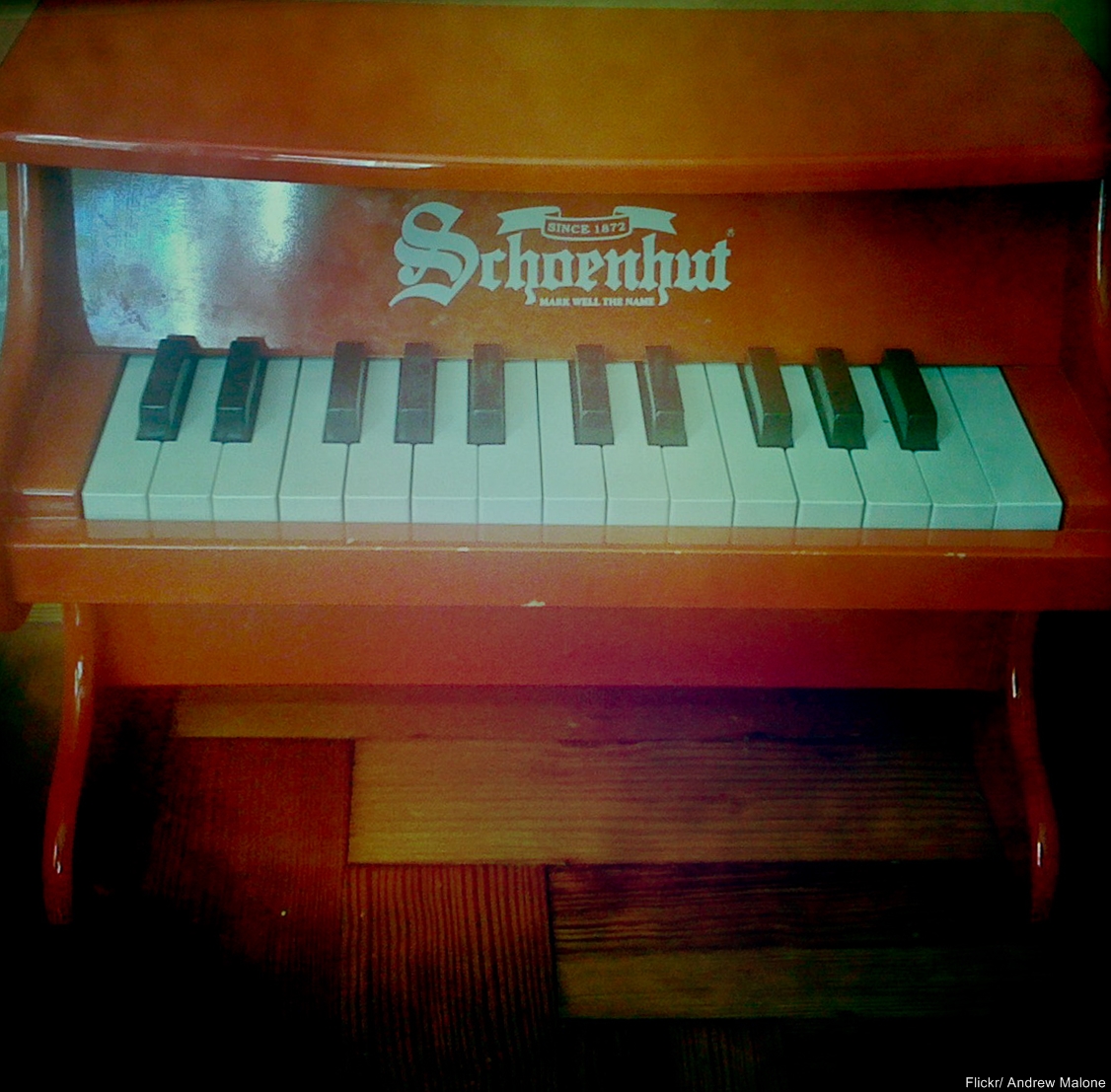
1948 Tinymite Radio
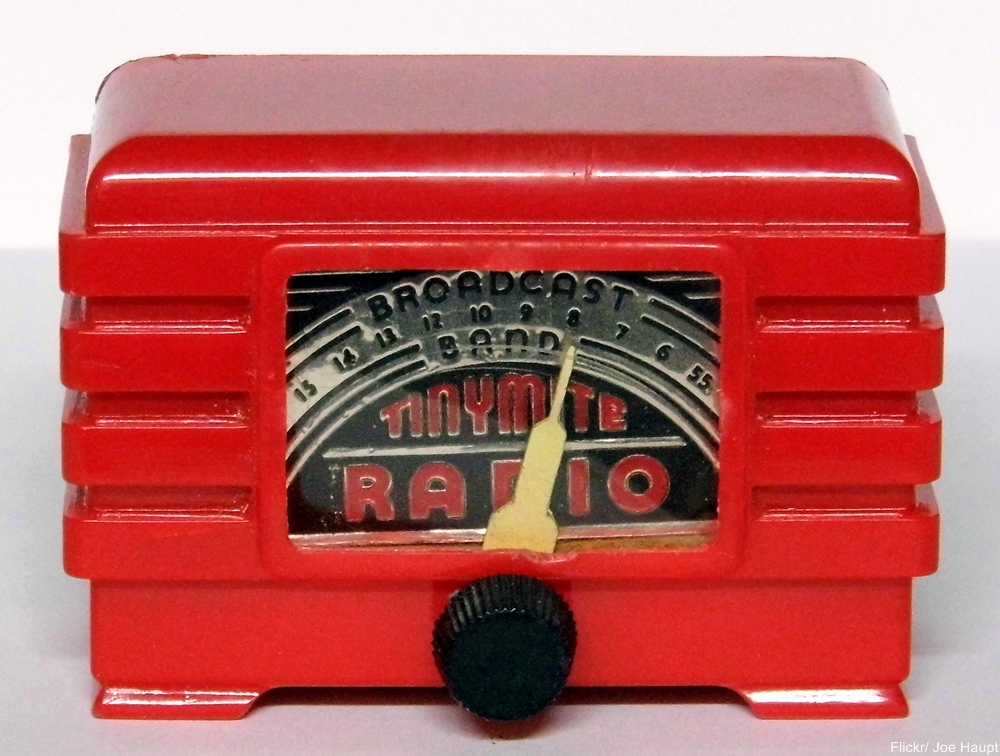
Crystal radio sets had been growing in popularity since the 1930s from a niche market to a new plaything that delivered a new hobby to many young children. Tinymite was one of the most popular in 1948.
1949 Cootie
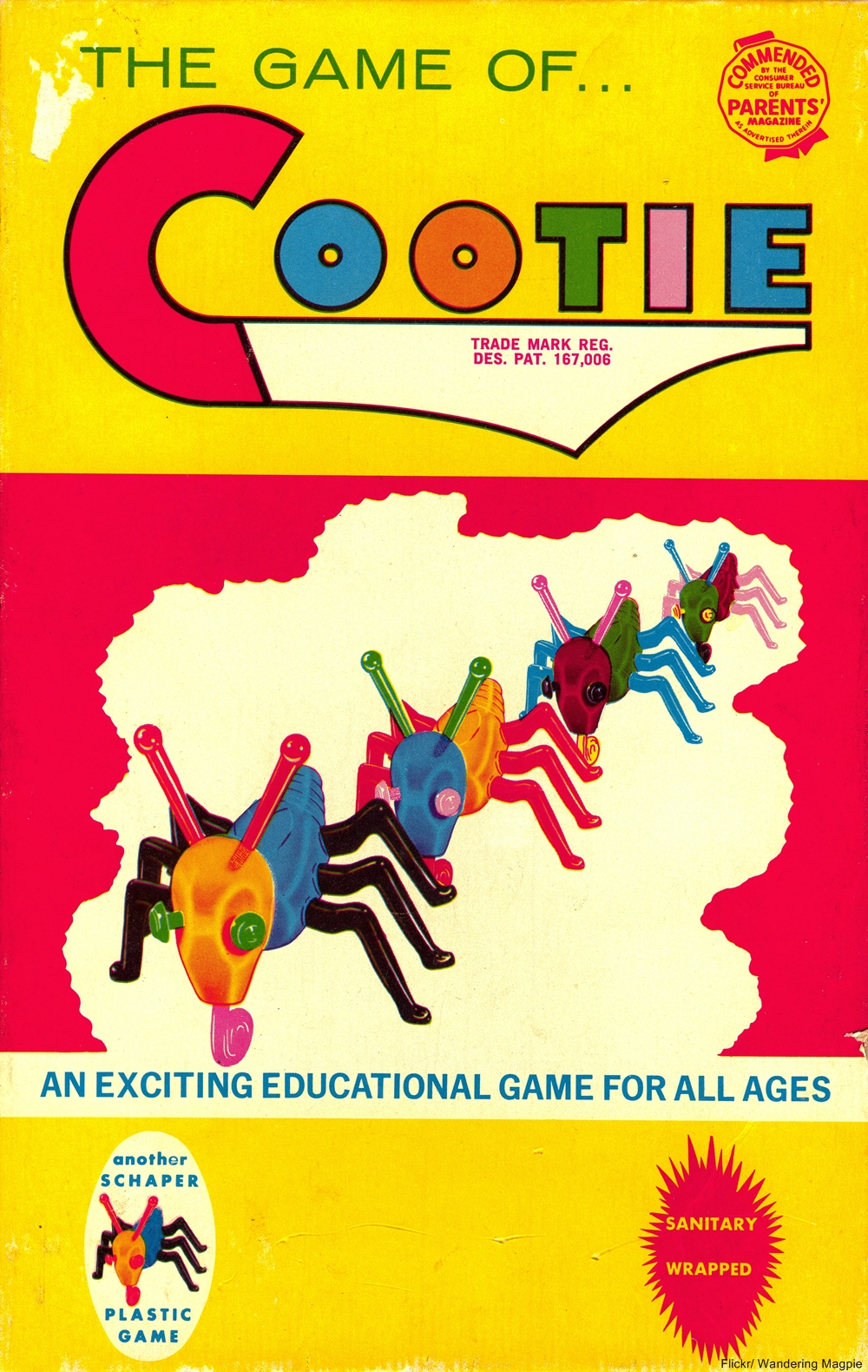
With the war over, metals and plastics were, for the most part, again freely available for toy manufacturers. As the number of children born kept increasing, toy-makers churned out toy after toy to meet demand. While military toys were still in fashion, they often took a backseat to good old-fashioned cowboys, which were on TV nightly.
1950 Chatter Teeth
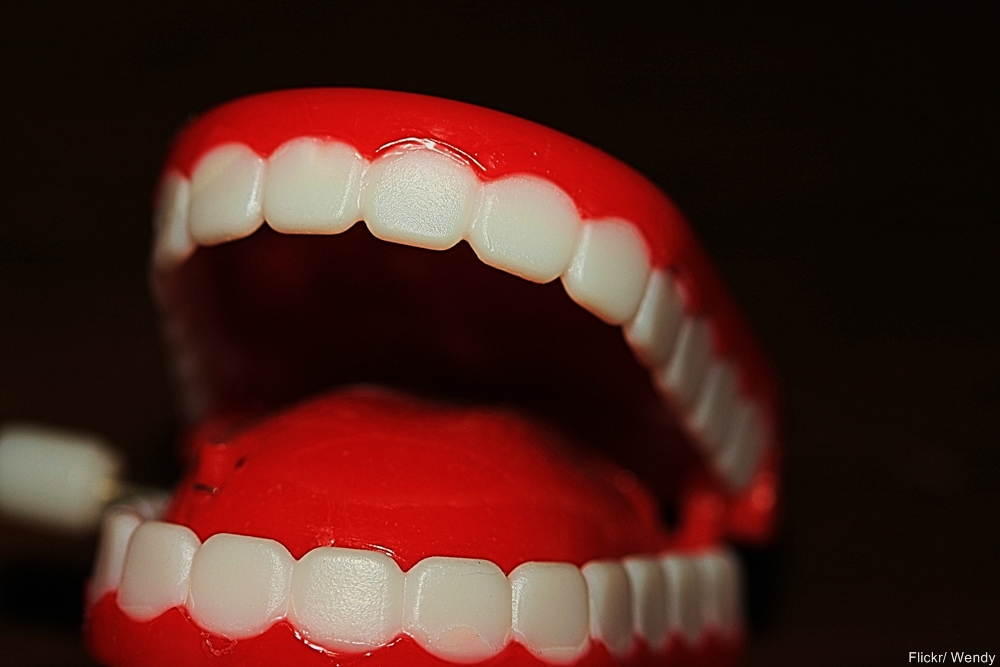
1951 View Master
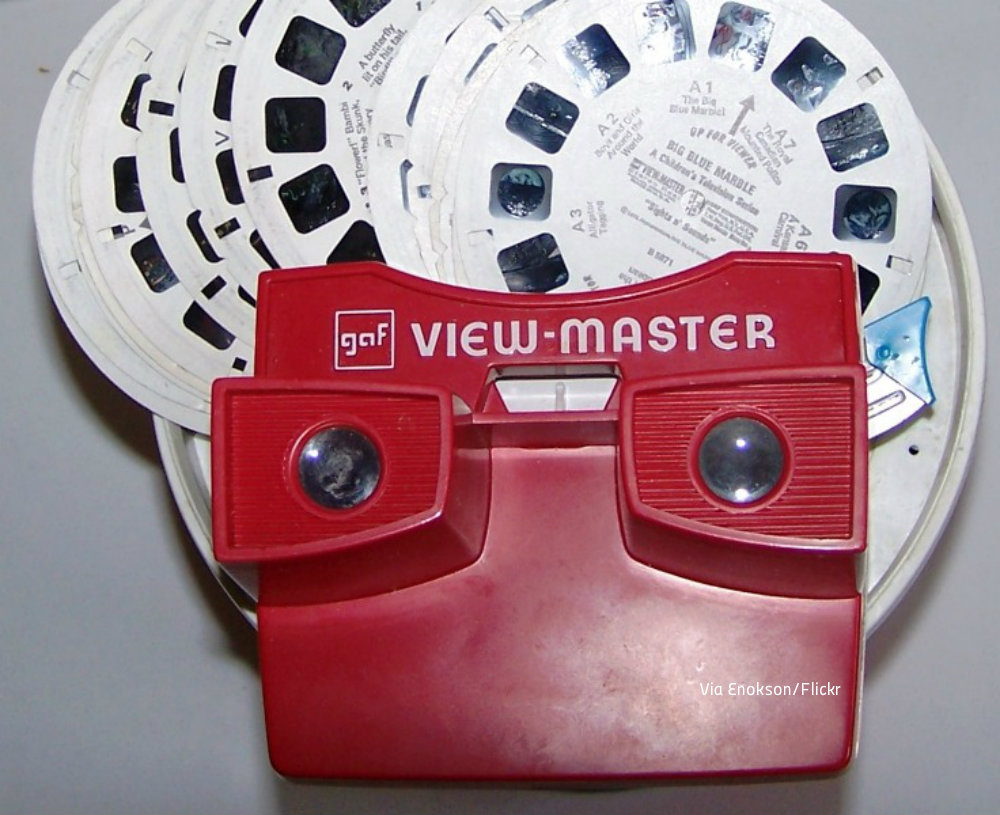
Invented in 1939 and subsequently used for a toy and as a personal training device by the U.S. government, the View Master only began to achieve great success during the ’50s as a toy when images of Walt Disney characters were used in the slides. The brown and ivory Bakelite model was replaced in years later with the red plastic model.
1952 Mr. Potato Head
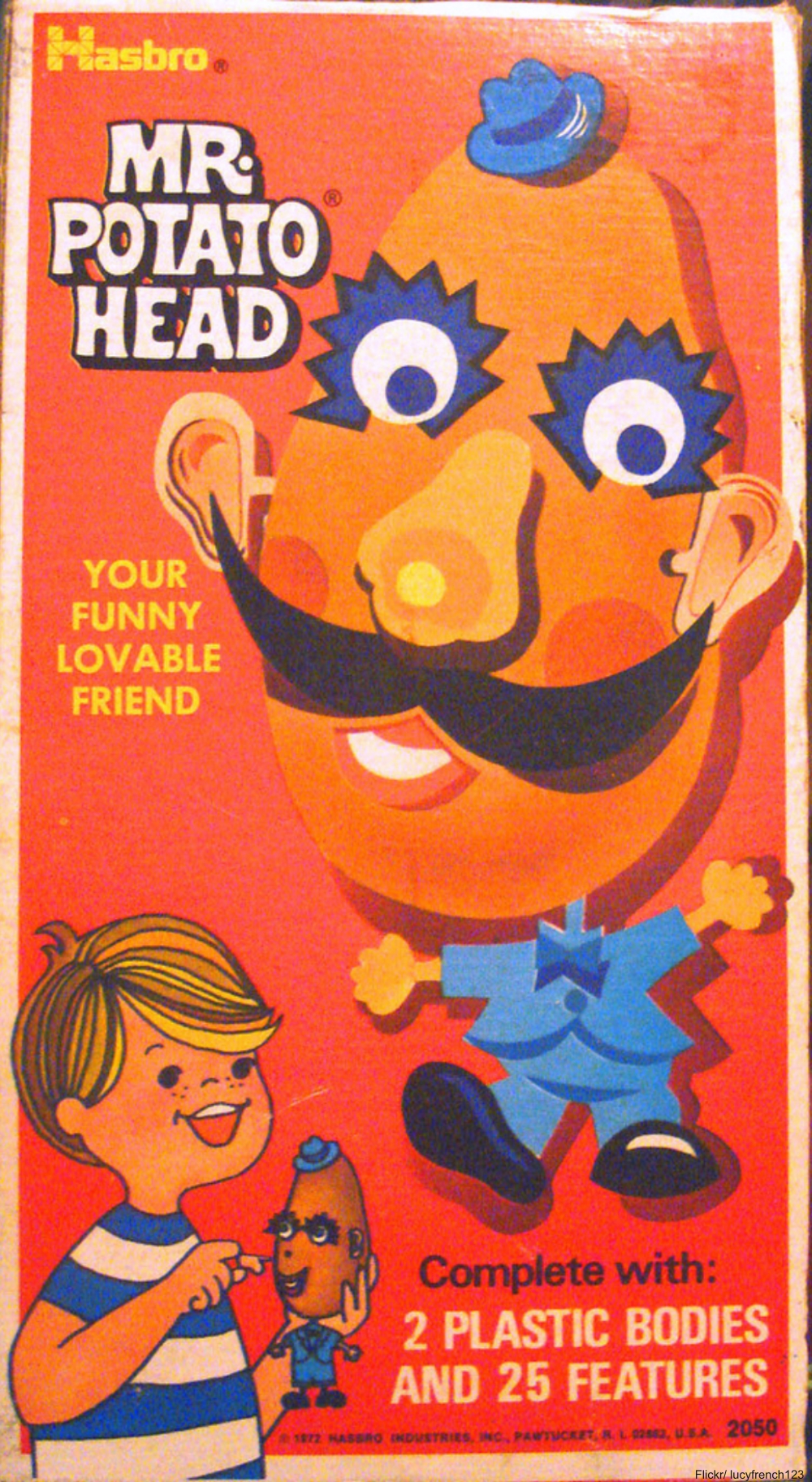
The original, as we all know, were facial features that got plugged into a real potato. This toy swept the nation and in 1964 the plastic spud was introduced: no more mashing mom’s taters before they were cooked or rotting veggies with faces.
1953 Whiffle Ball
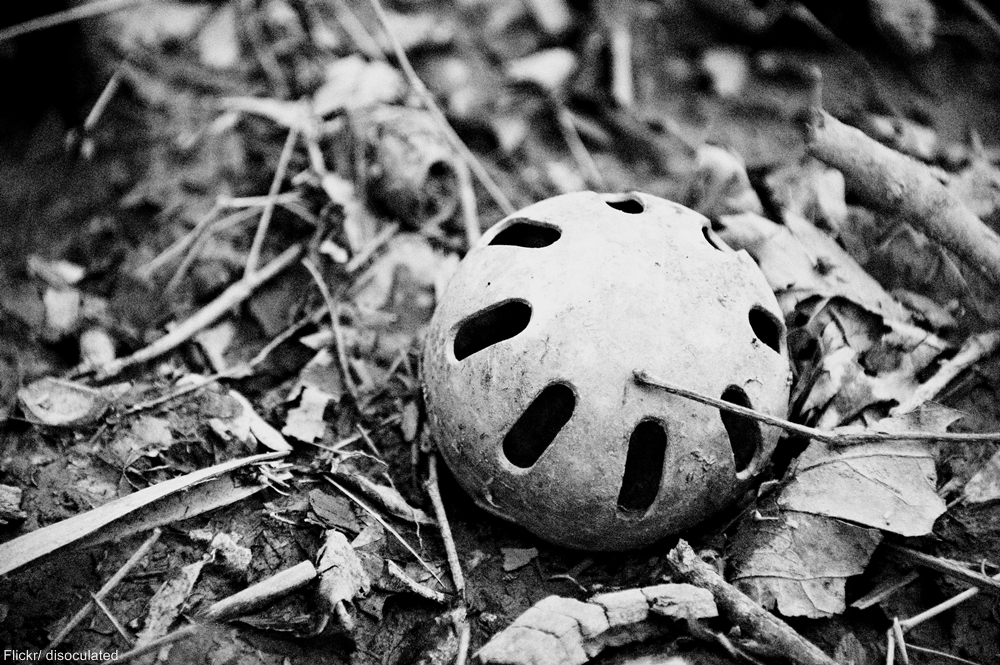
1956 Play-Doh
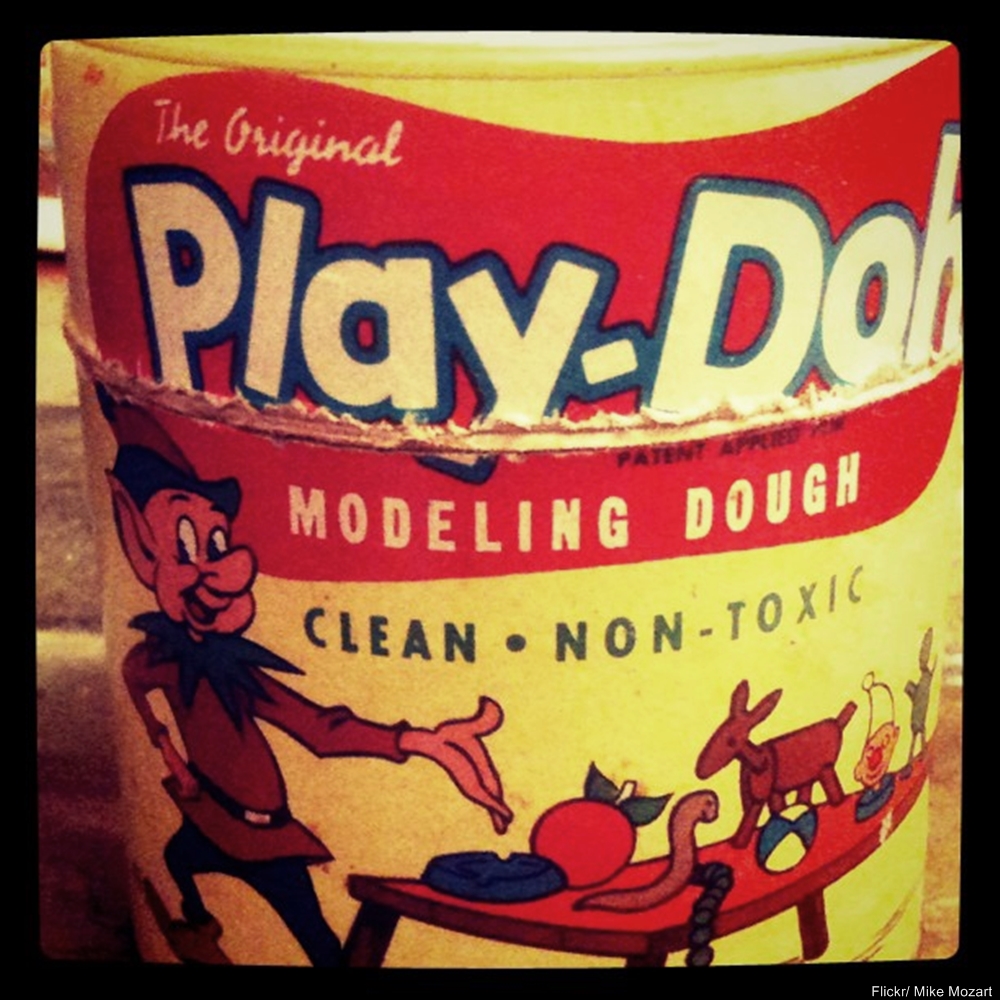
Everyone’s favorite childhood activity was invented by accident. Read about it here.
1957 Silly Putty
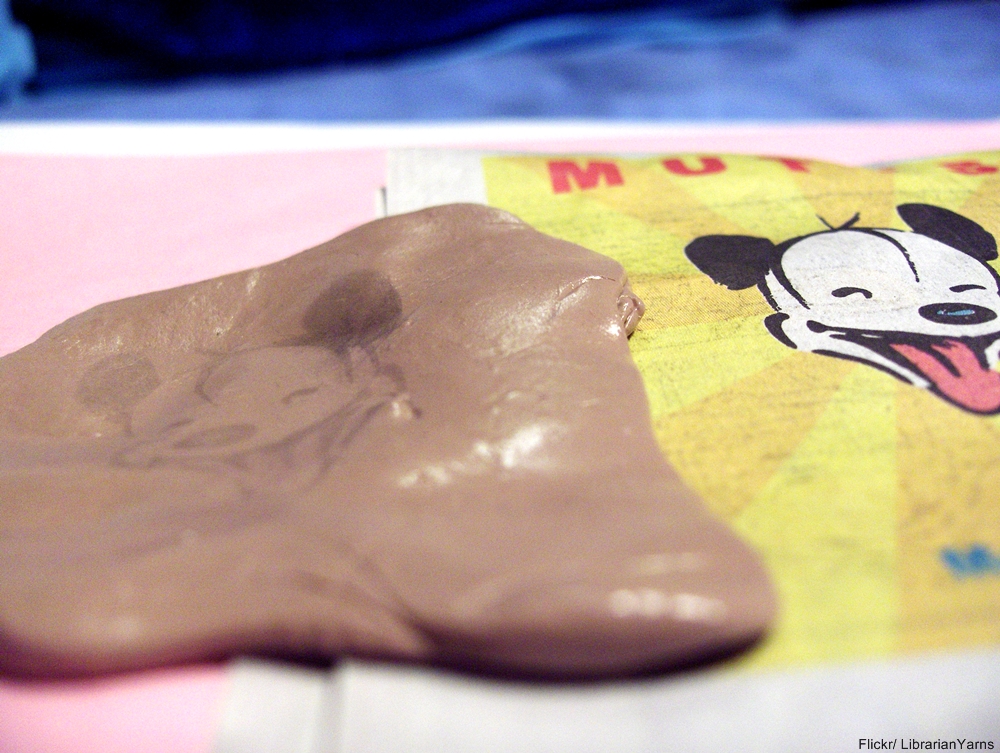
Marketed to kids in the early 1950s, the ration of silicone during the Korean War meant that it took a few years for production to reach numbers and for the trend to catch on. 1957 was the first year that a Silly Putty TV commercial aired on The Howdy Doody Show. Like Play-Doh, Silly Puuty was an accidental invention. Read about it here.
1958 Colorforms
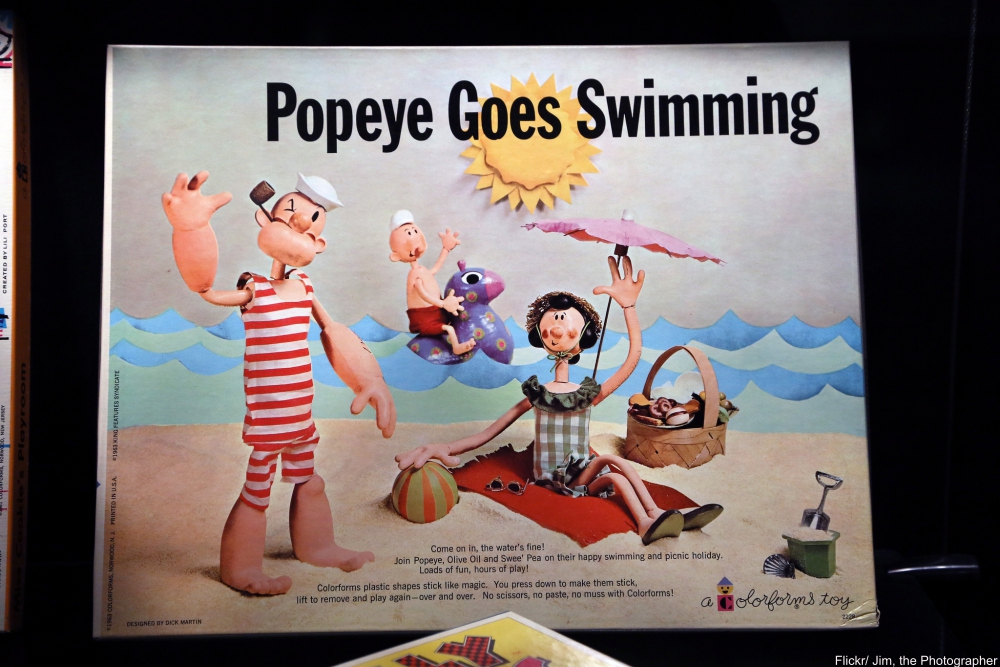
1959 Barbie
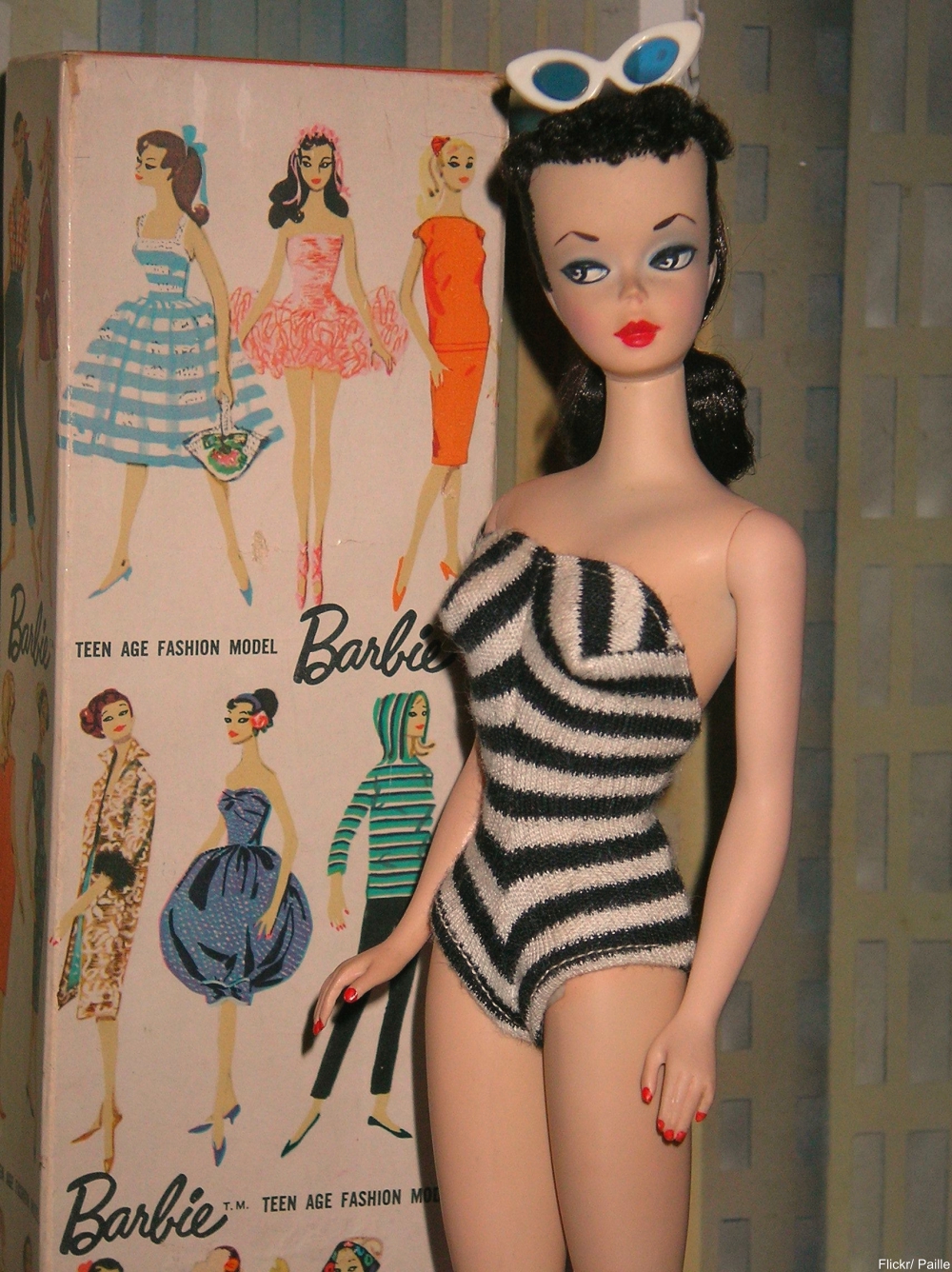
One of the most popular toys ever designed, Barbie changed the game for doll manufacturers and gave little girls a chance to experiment with fashion.
The ’60s were an exciting time for kids. New toys were being developed all the time and TV showed us what was on offer like never before. We had new electronic devices, brighter colors, and a huge number of characters to choose from. The kinds of toys available were becoming more diverse, as evidenced by the pocket-sized Hot Wheels and the plug-in Lite Brite.
1960 Legos
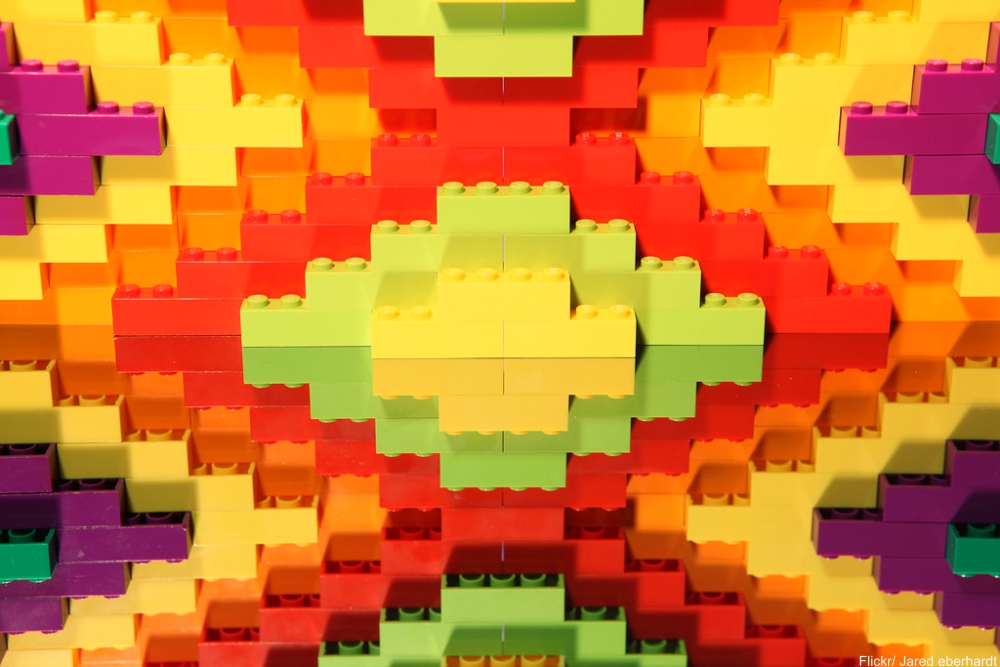
Invented in the 1930s, it wasn’t until plastics were made consistently available that Legos took off in popularity. It’s hard today to imagine a child’s bedroom without these ubiquitous building blocks.
1961 Etch-a-Sketch
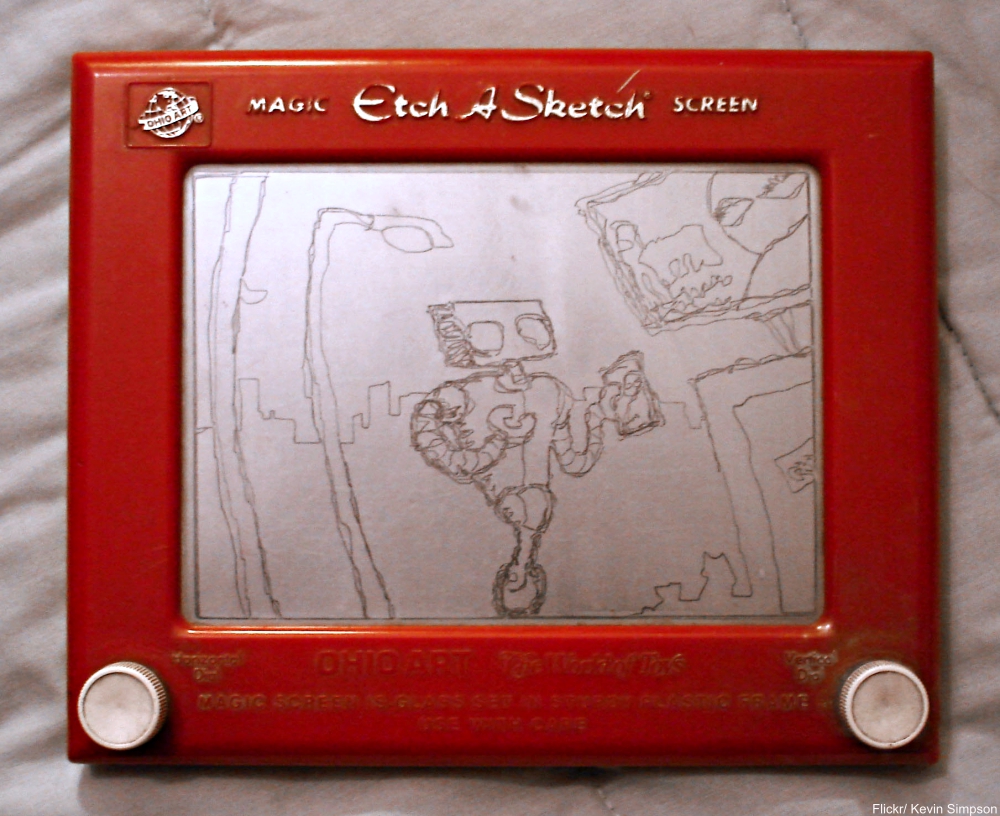
1962 Lincoln Logs
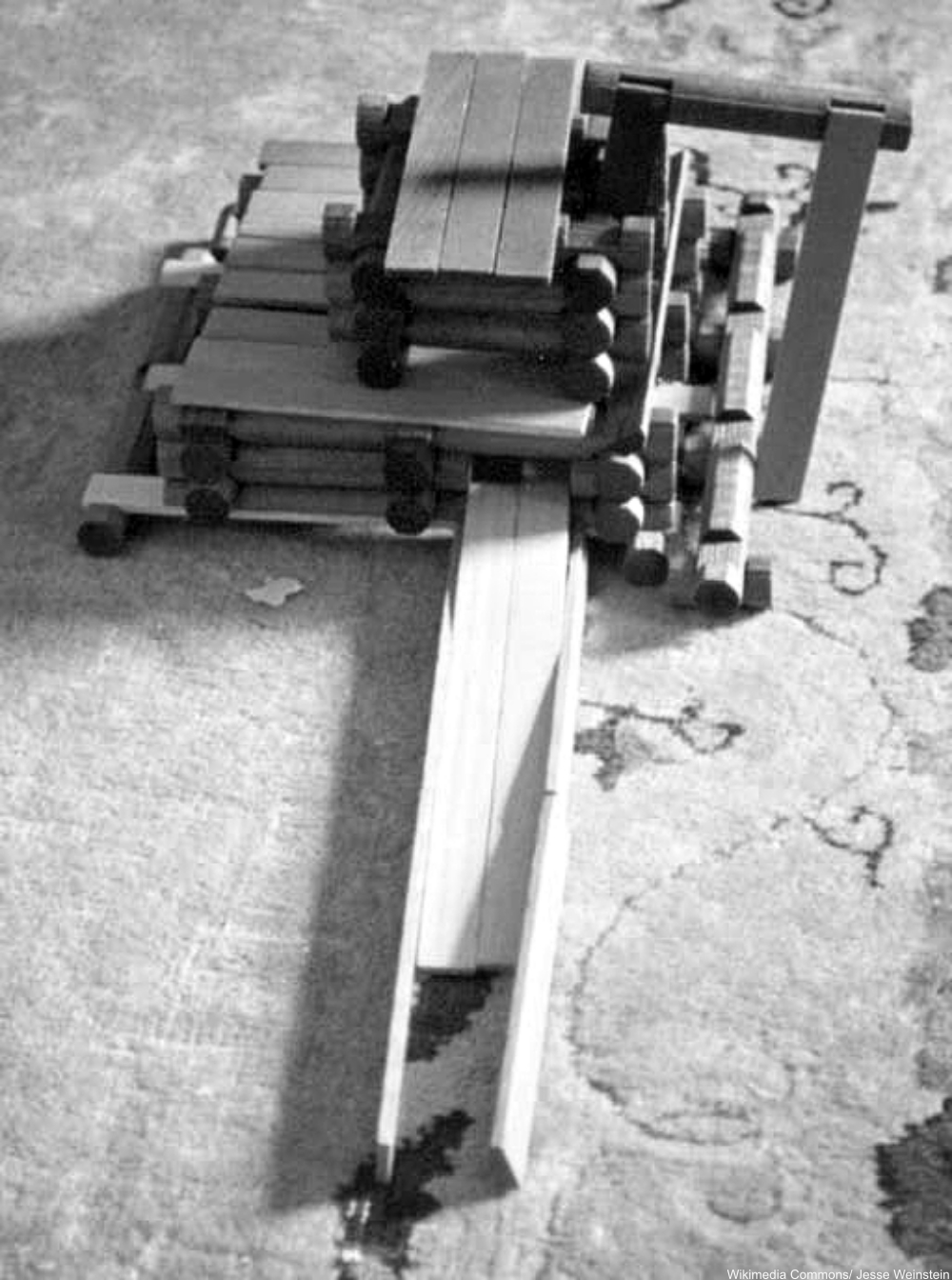
1964 G.I. Joe
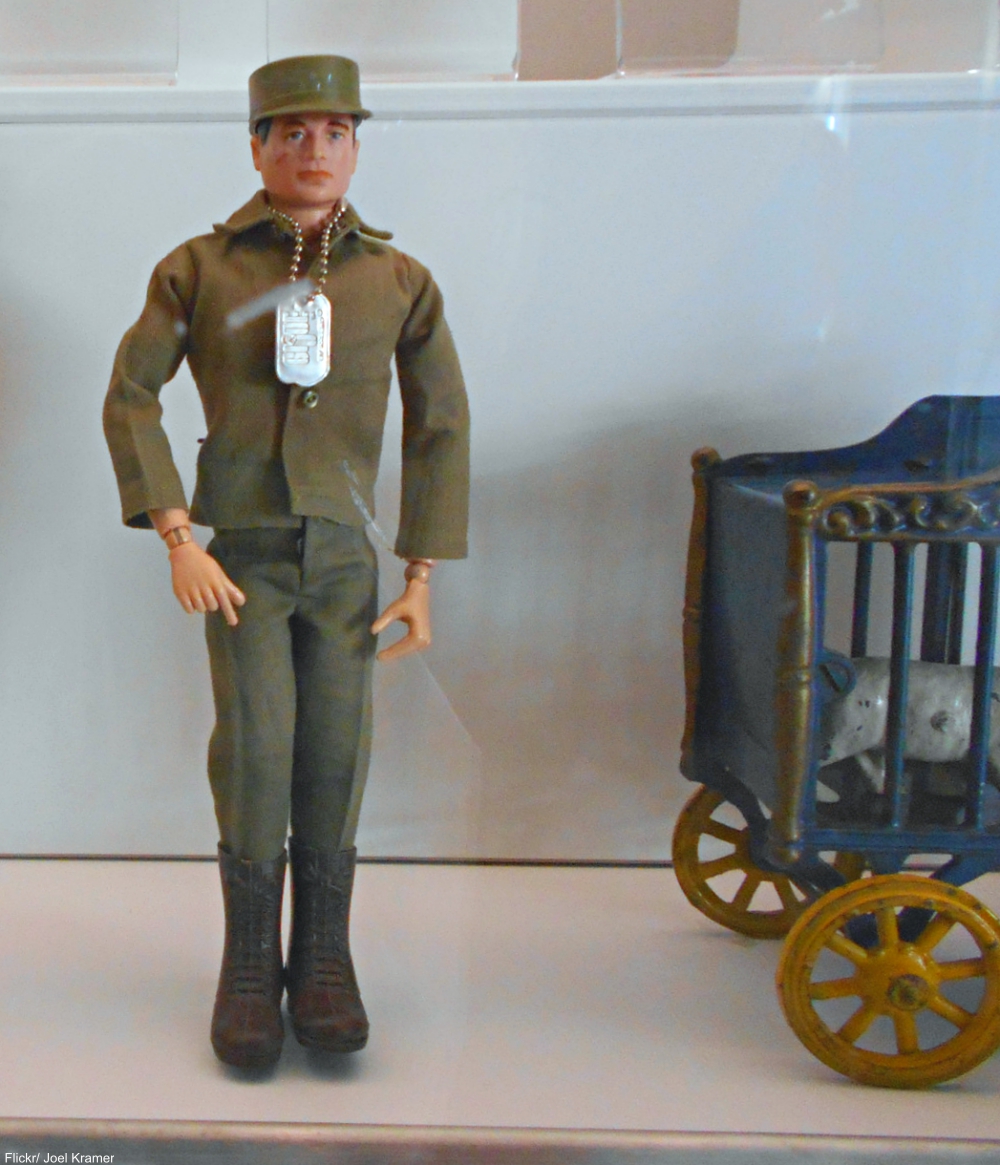
1965 Tonka Truck
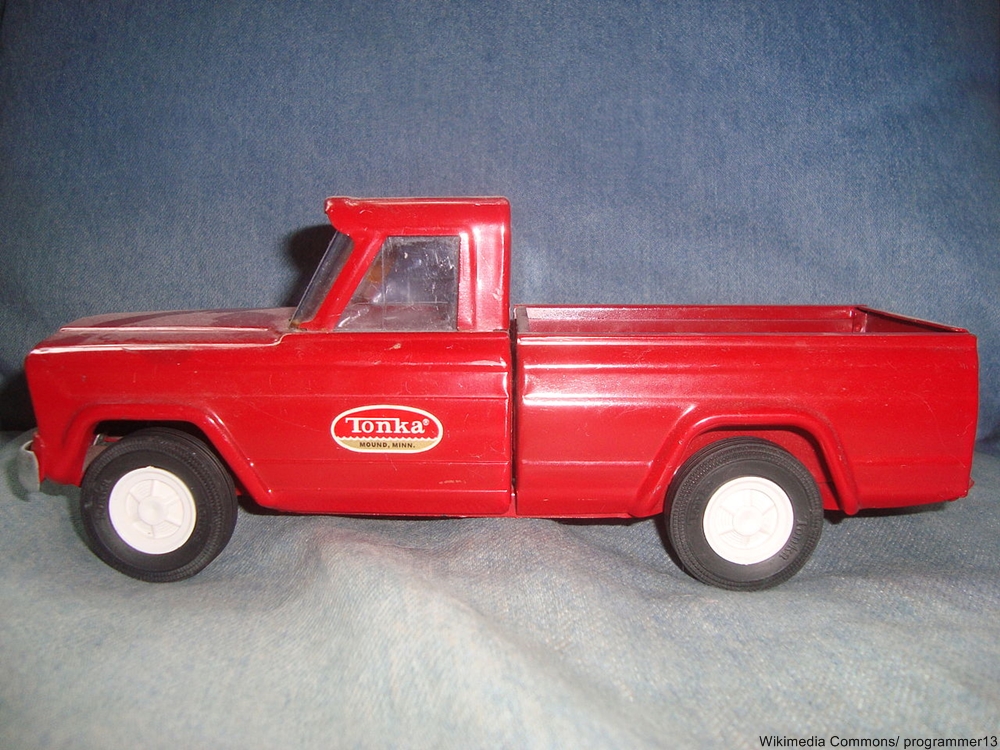
Introduced in 1955, it was the dump truck model that debuted in 1965 which became the one of the best-selling toys of the 20th century.
1967 Little People
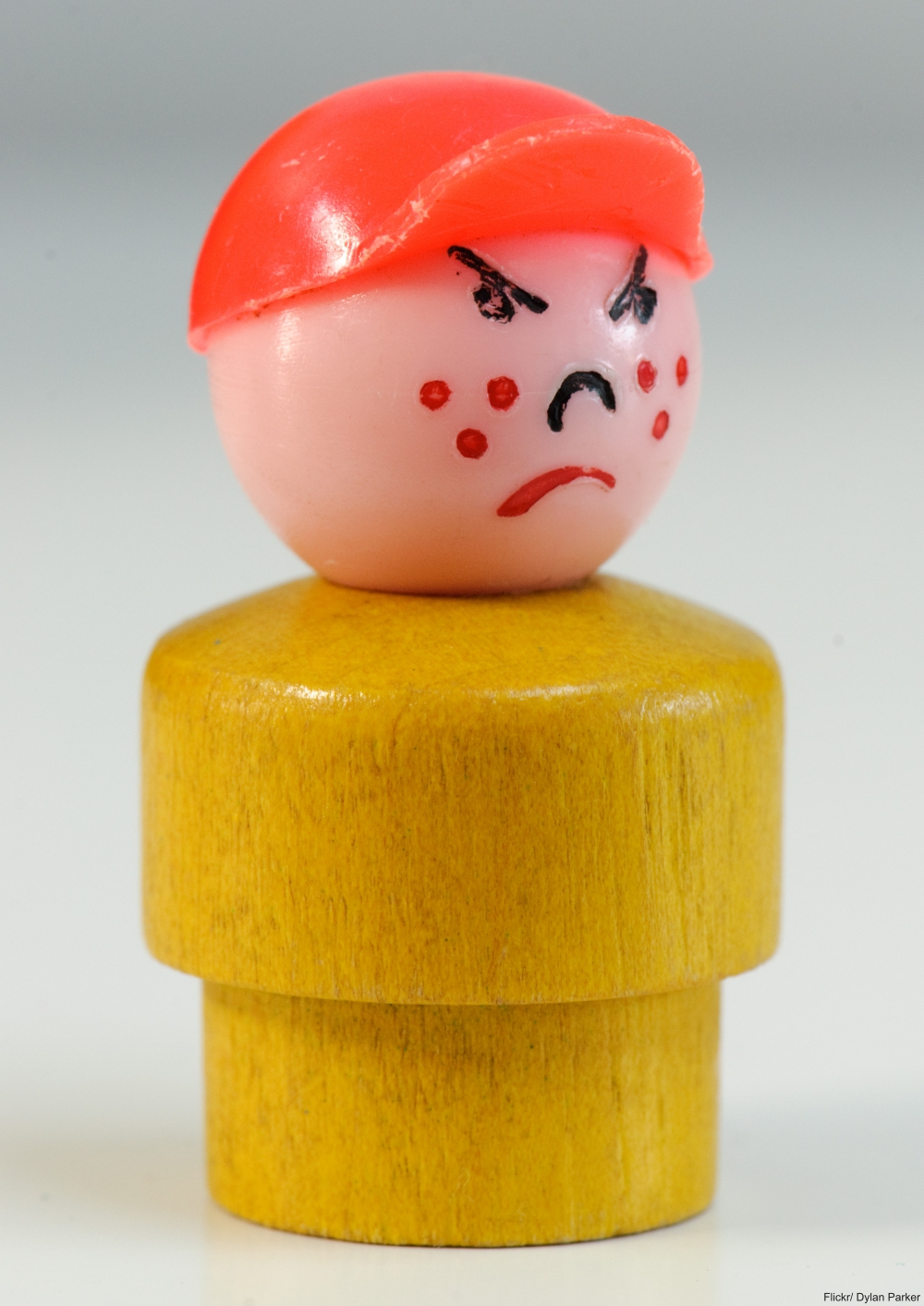
1968 Lite Brite
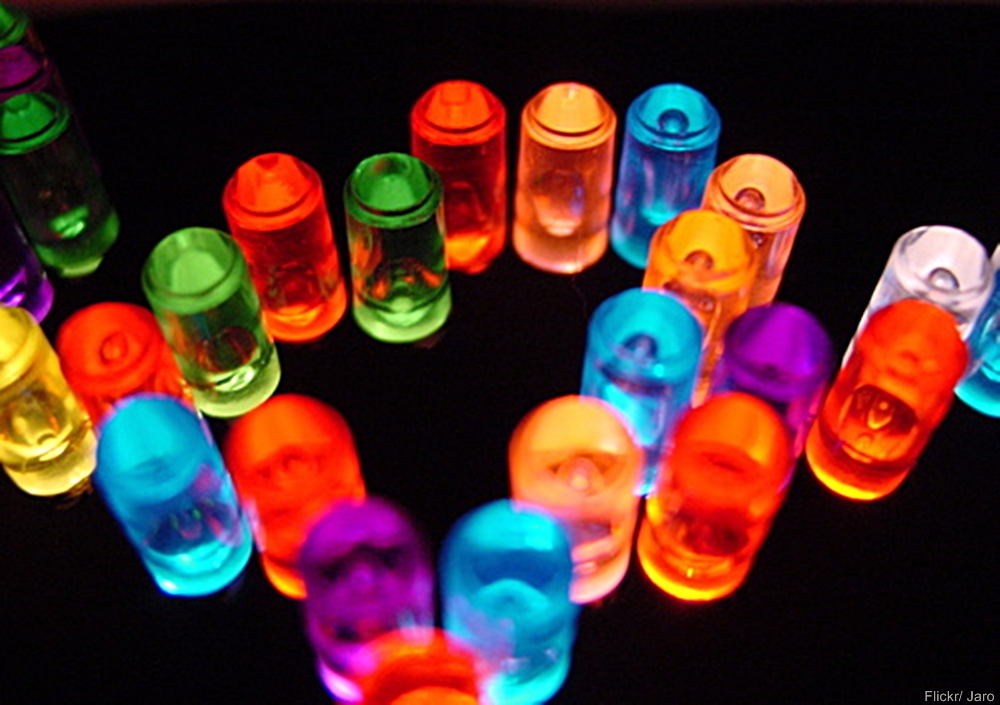
1969 Hot Wheels
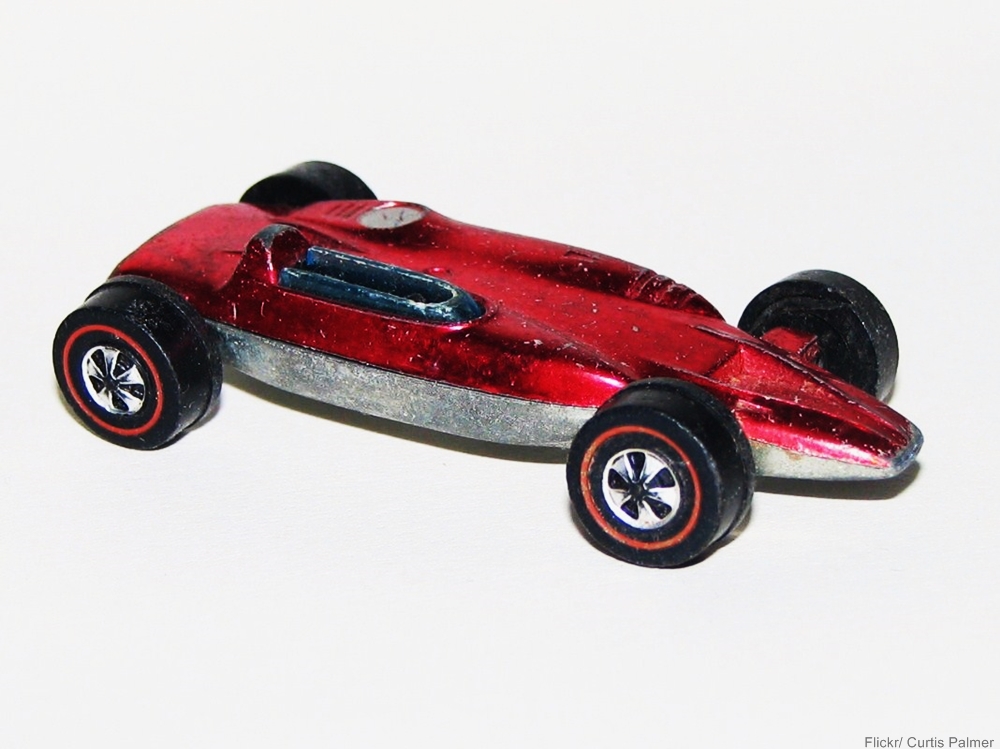
During the ’70s there was an ever-expanding array of toy and game designs, thanks in large part to the development of new technologies, some of which could now be used in your own home! Still, there was a home-made quality to many of the toys, like Holly Hobbie and Shrinky Dinks.
1970 NERF Ball
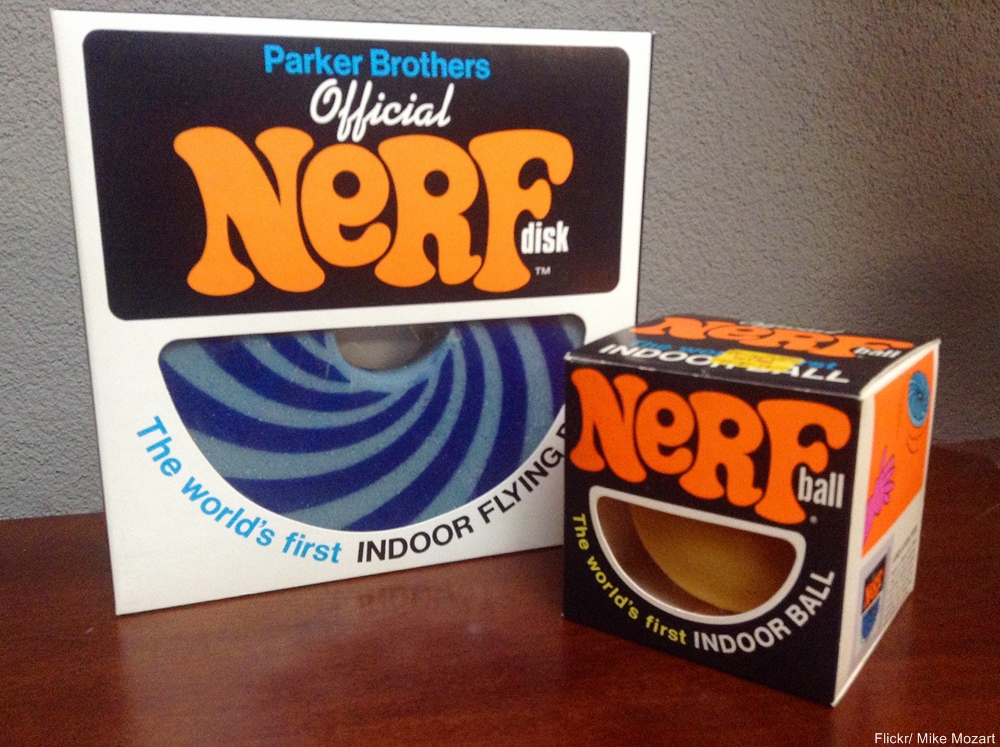
The “Non-Expanding Recreational Foam” product that we’ve grown so accustomed to made its first appearance in 1970. No longer would a bad throw mean a sibling’s bloody nose. At last there was a ball you could throw inside!
1971 Weebles
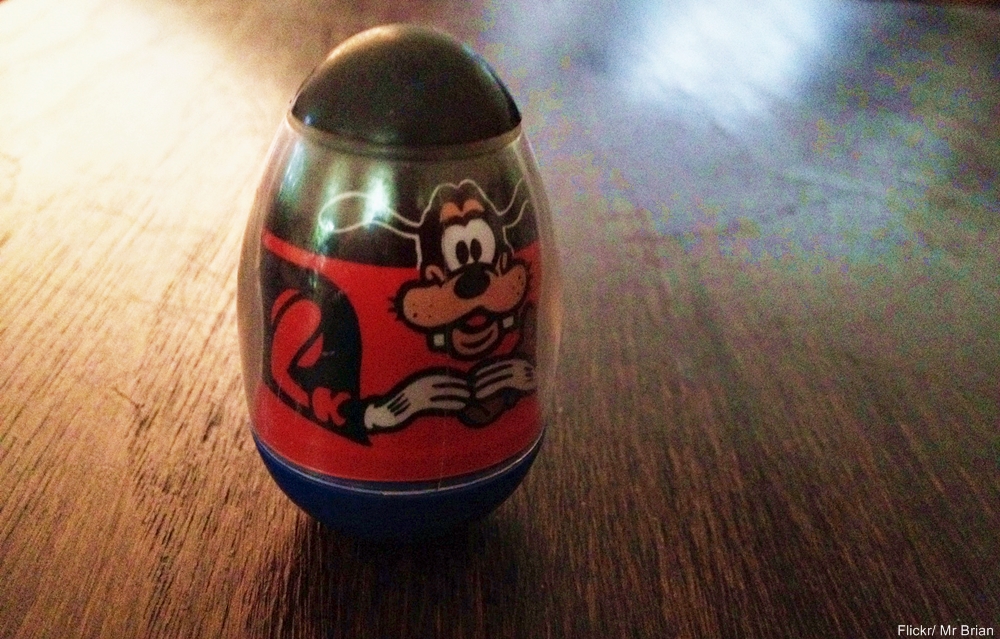
1972 Dawn Dolls
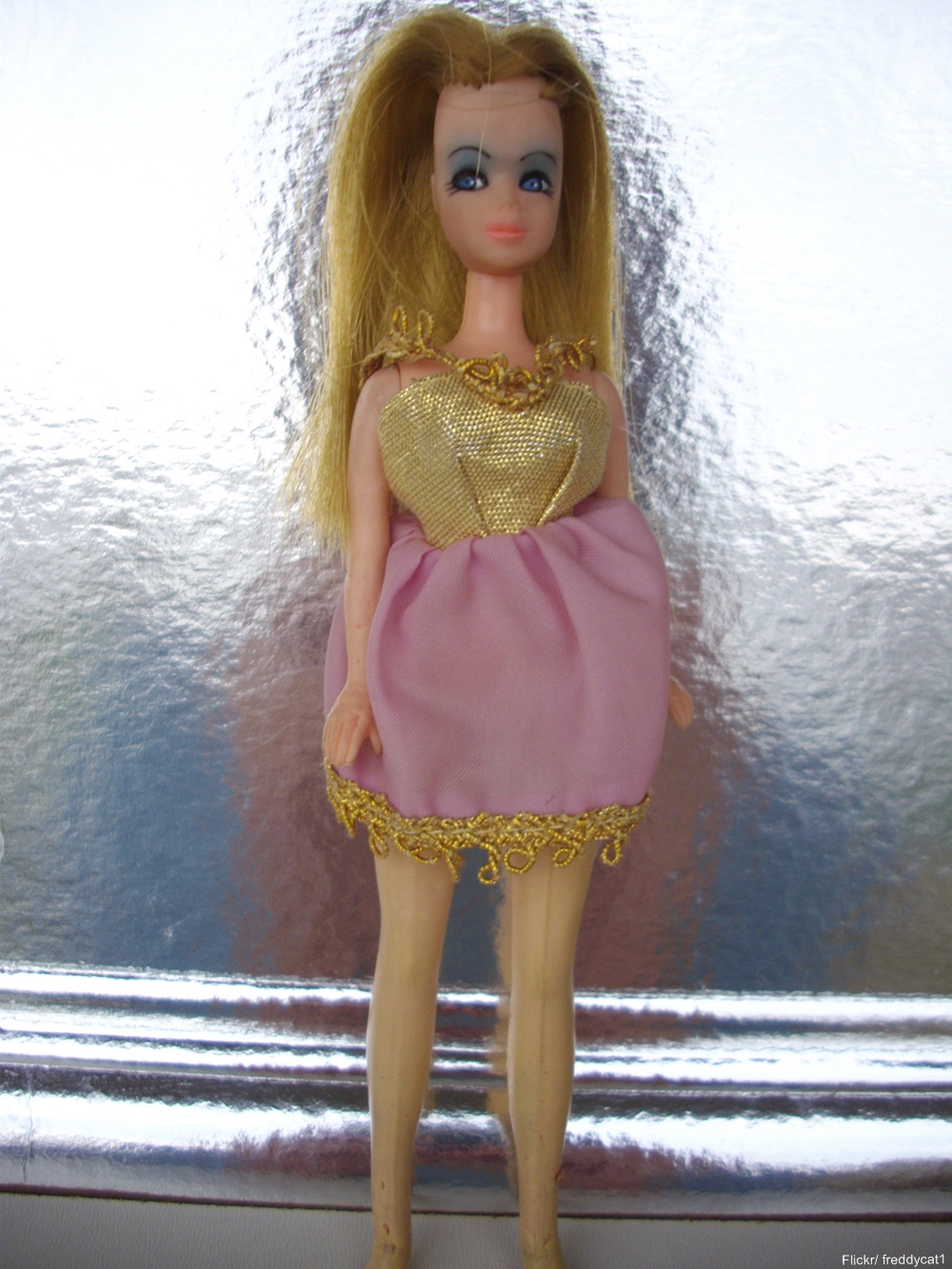
1973 Shrinky Dinks
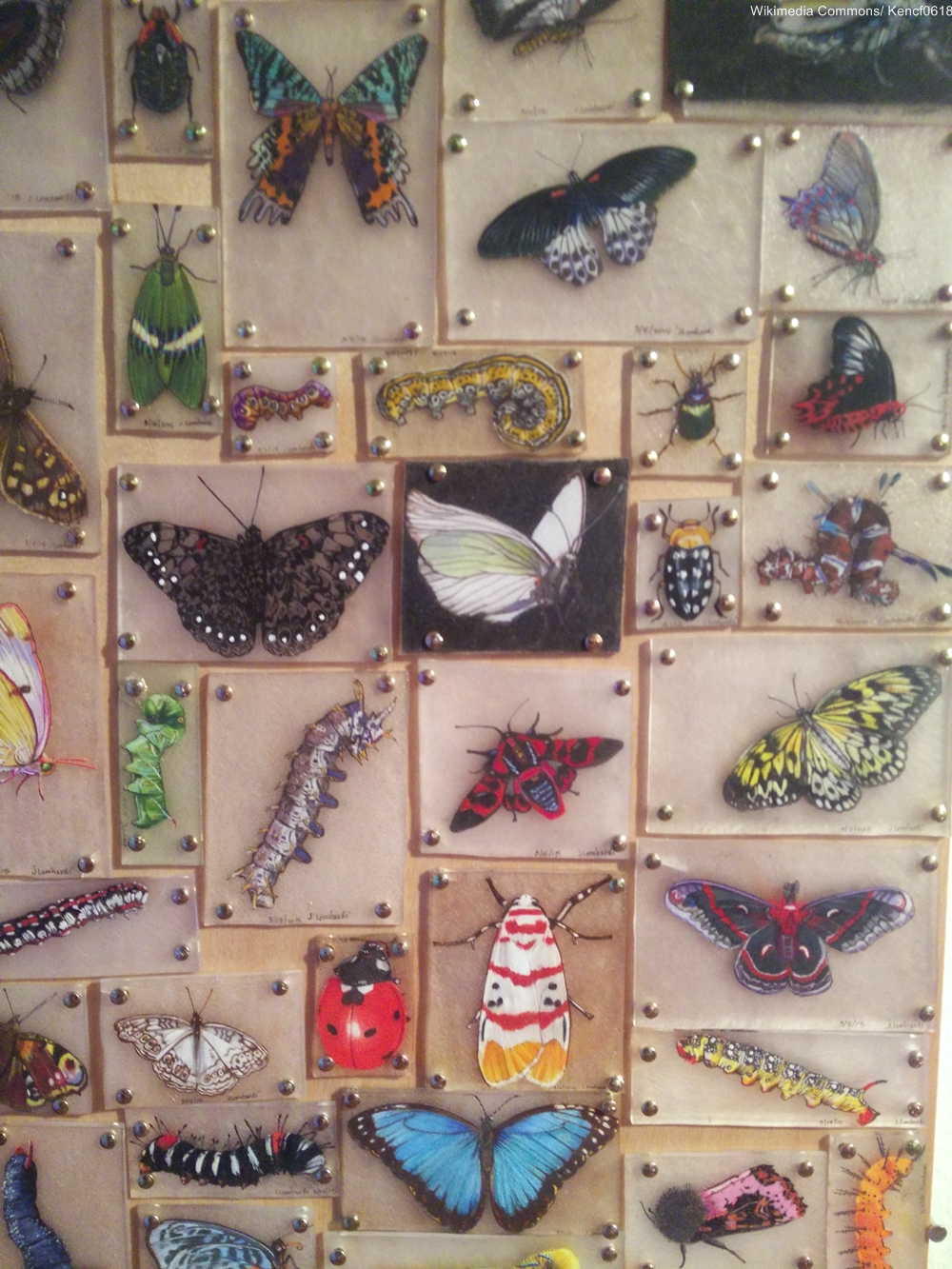
1974 Holly Hobbie
This character started out as a drawing for American Greetings, inspired by the traditional quilt character of Sunbonnet Sue. Once the doll was made, Holly Hobbie toys became some of the most popular for American girls. You can see her image on a ring below, but there were endless merchandising options with the beloved character. Everything from Easy Bake Ovens to alarm clocks to piggy banks could be bought with her patchwork image on them.
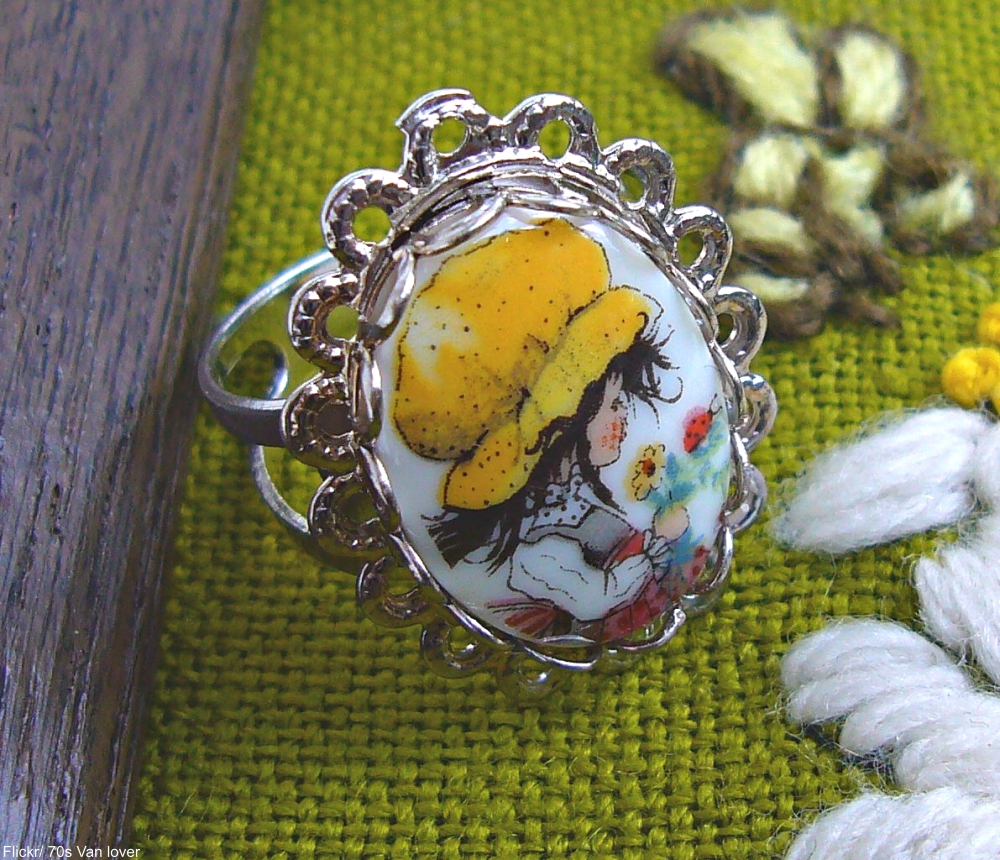
1976 Stretch Armstrong
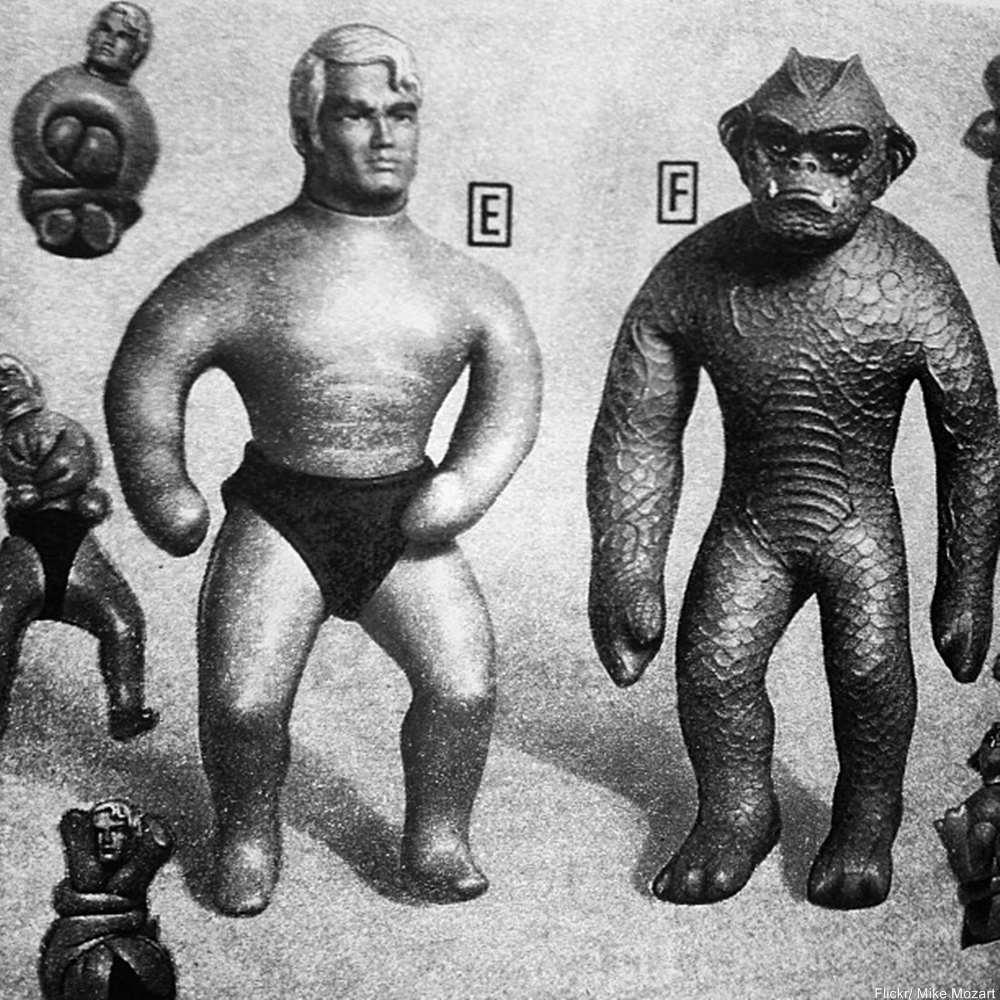
1977 Paddington Bear
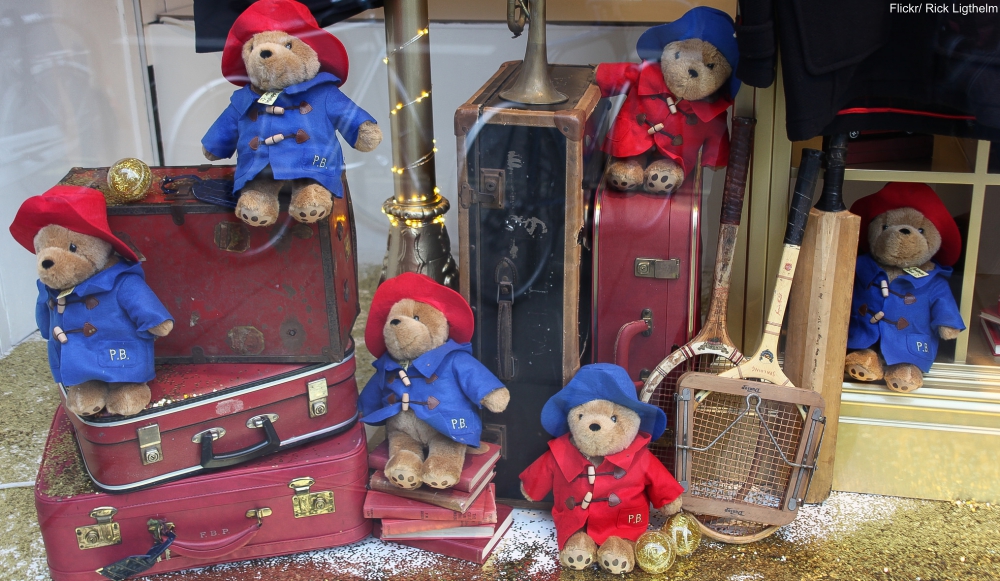
1978 Hungry Hungry Hippos
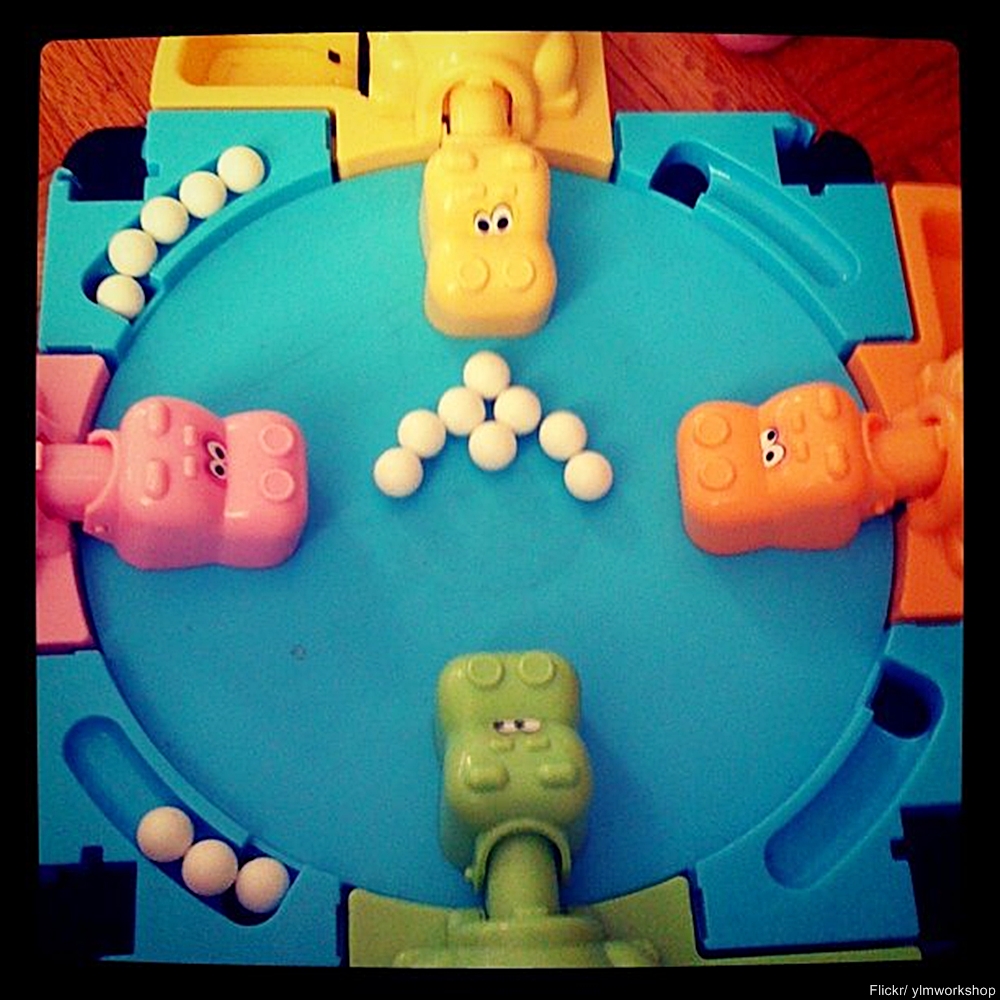
1979 Atari
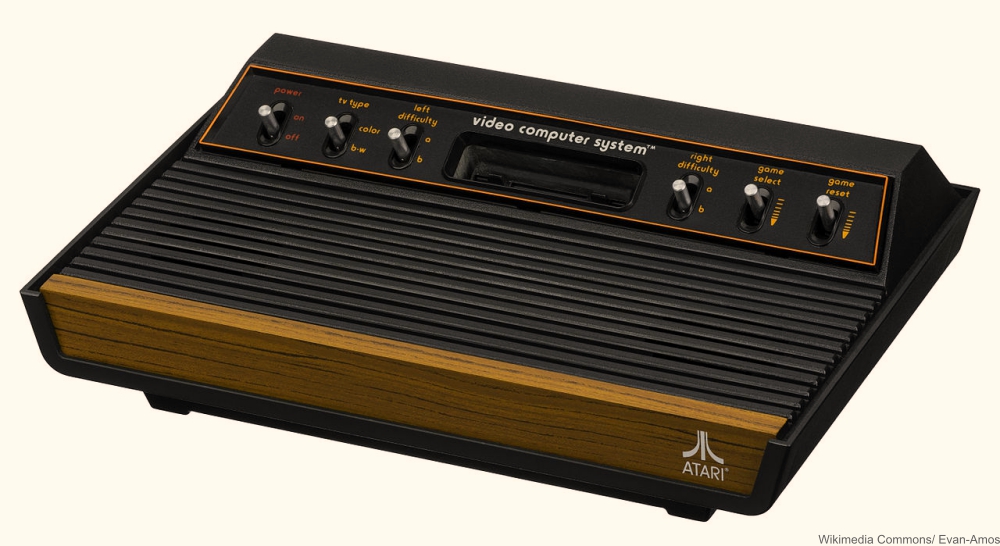
This was the game that changed how kids spend their time. While it was pricey and not every home had one, the video game console would become the way many kids and teens (and adults) spend their Saturday afternoons.
And one more for good measure!
1980 Rubik’s Cube
